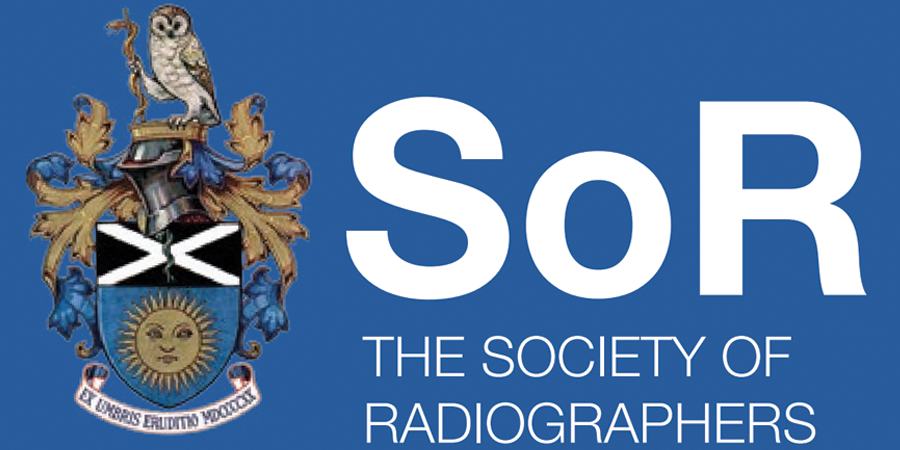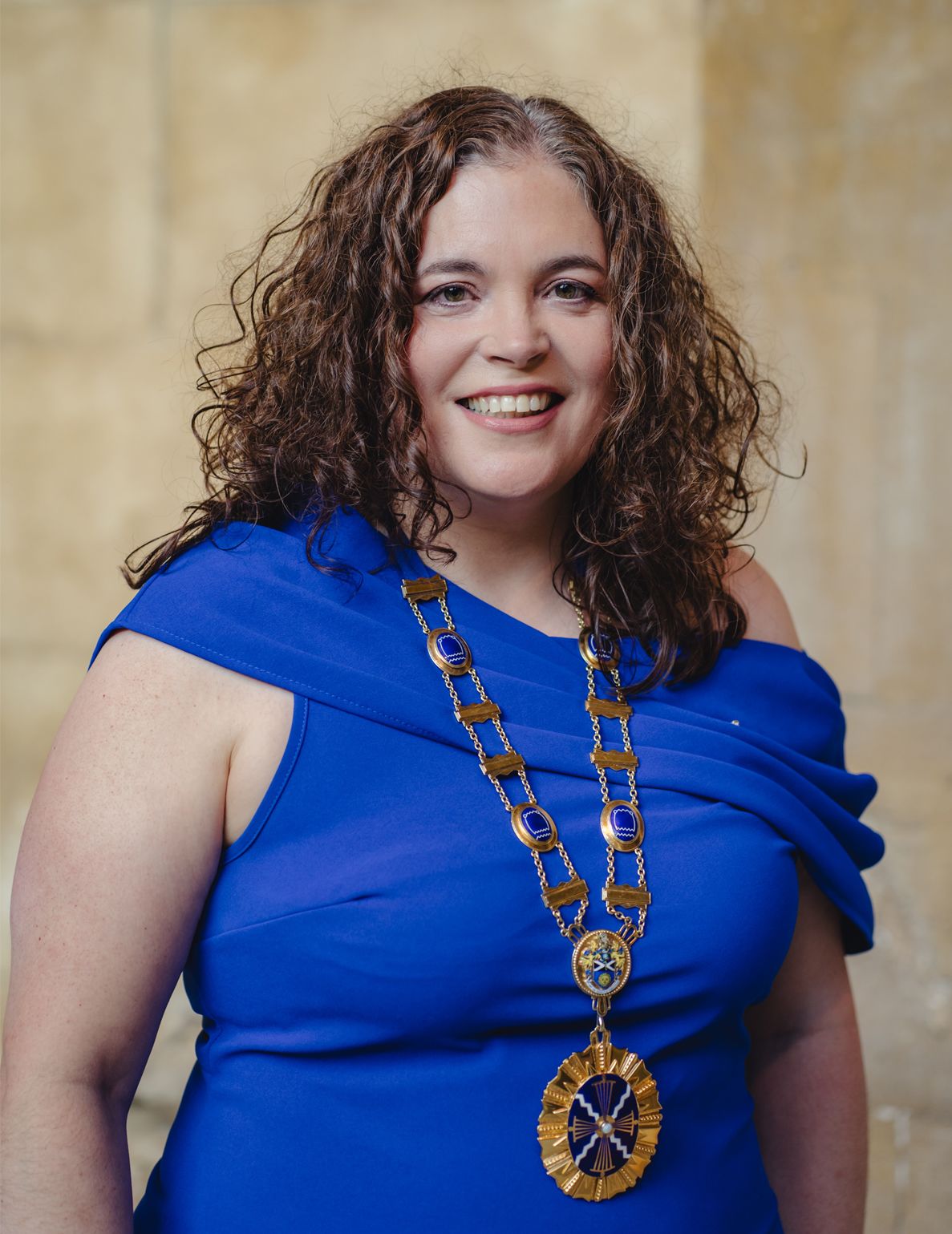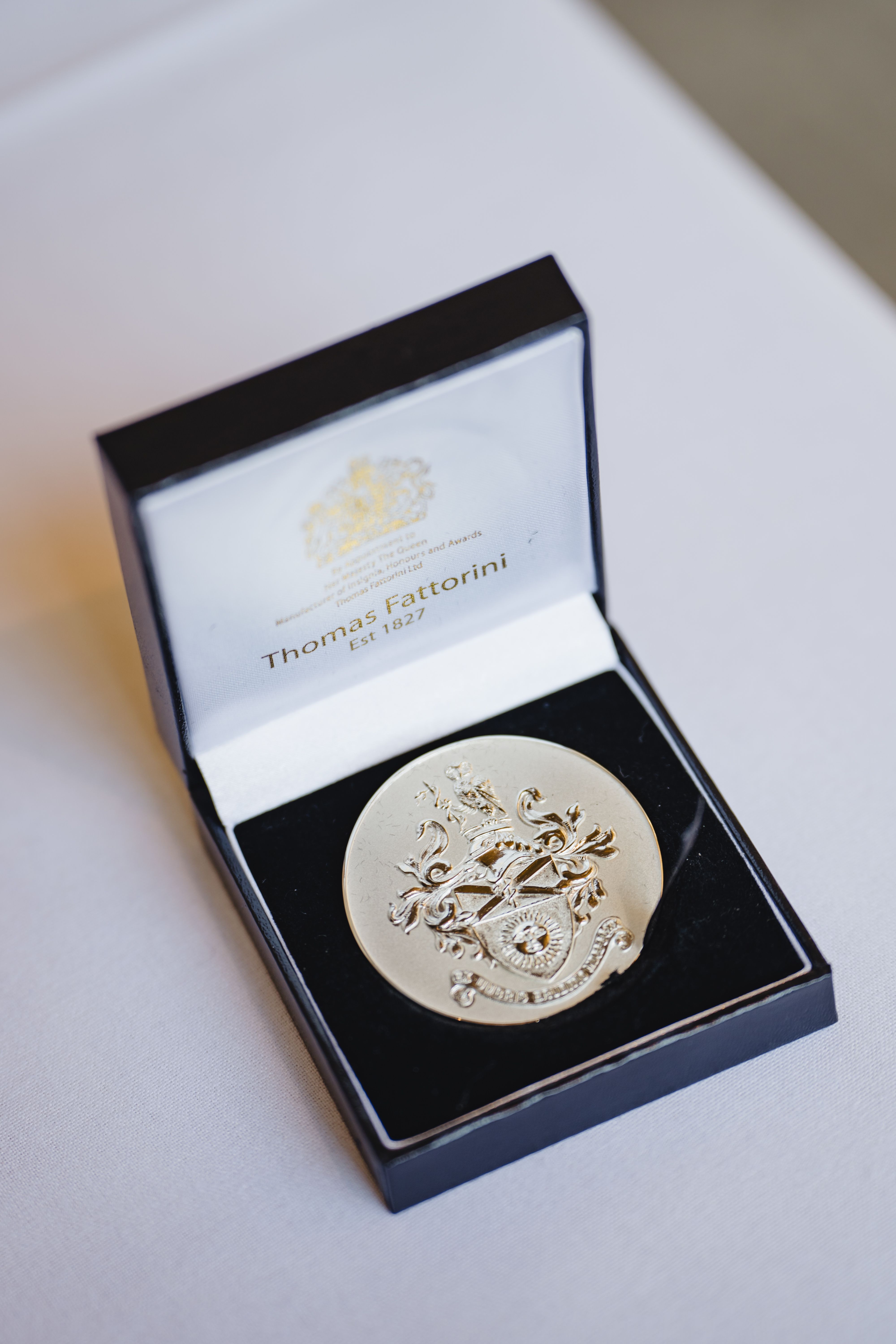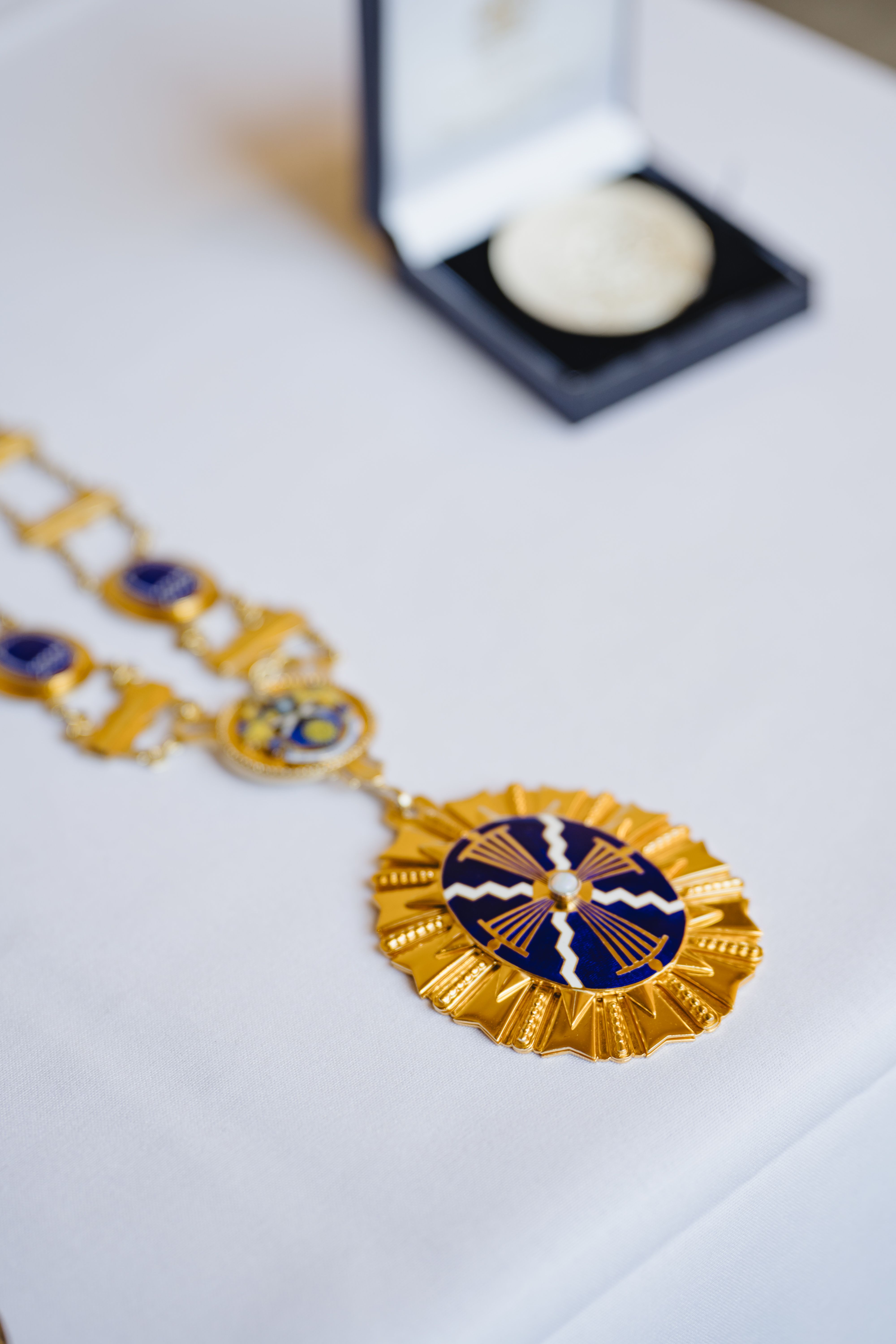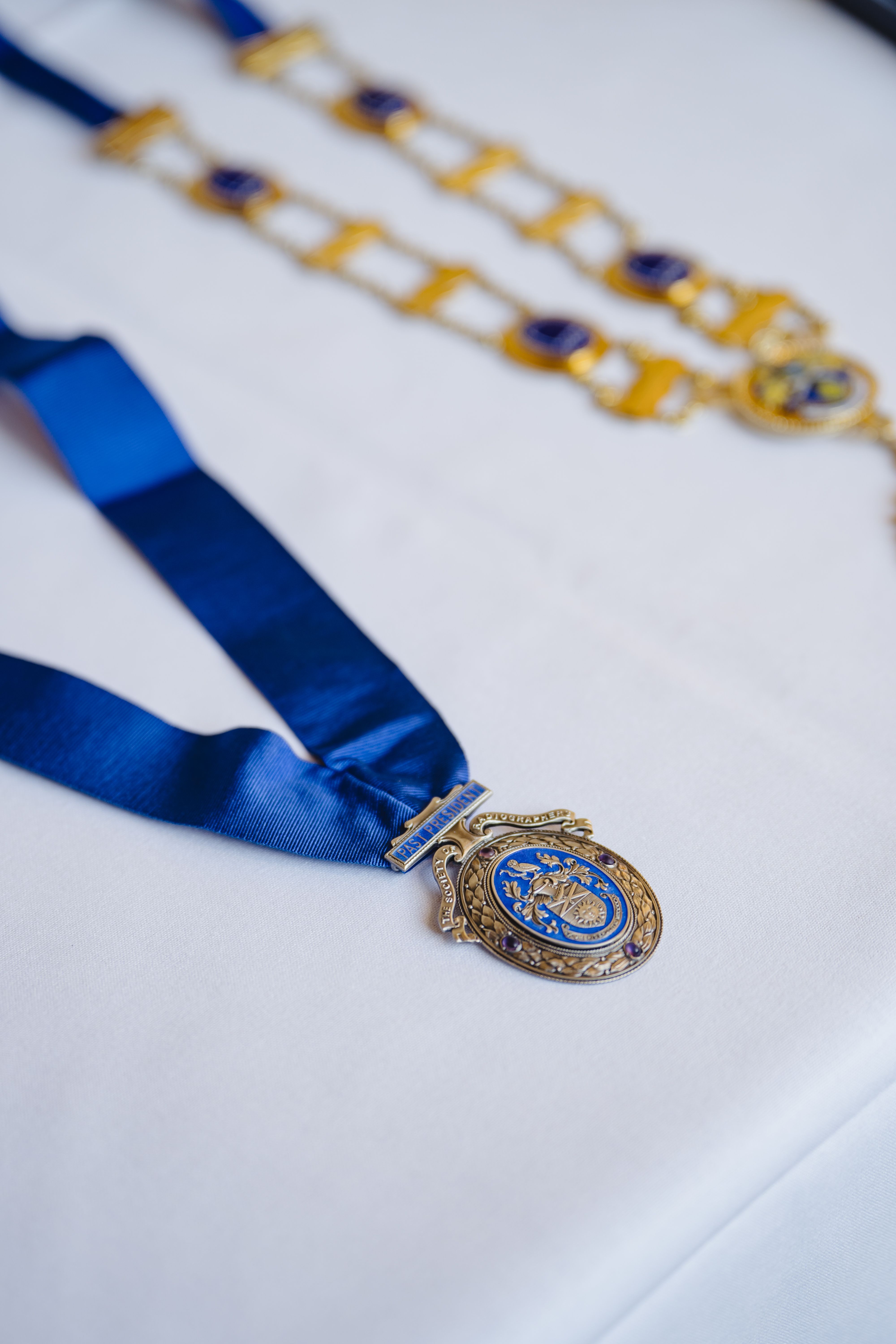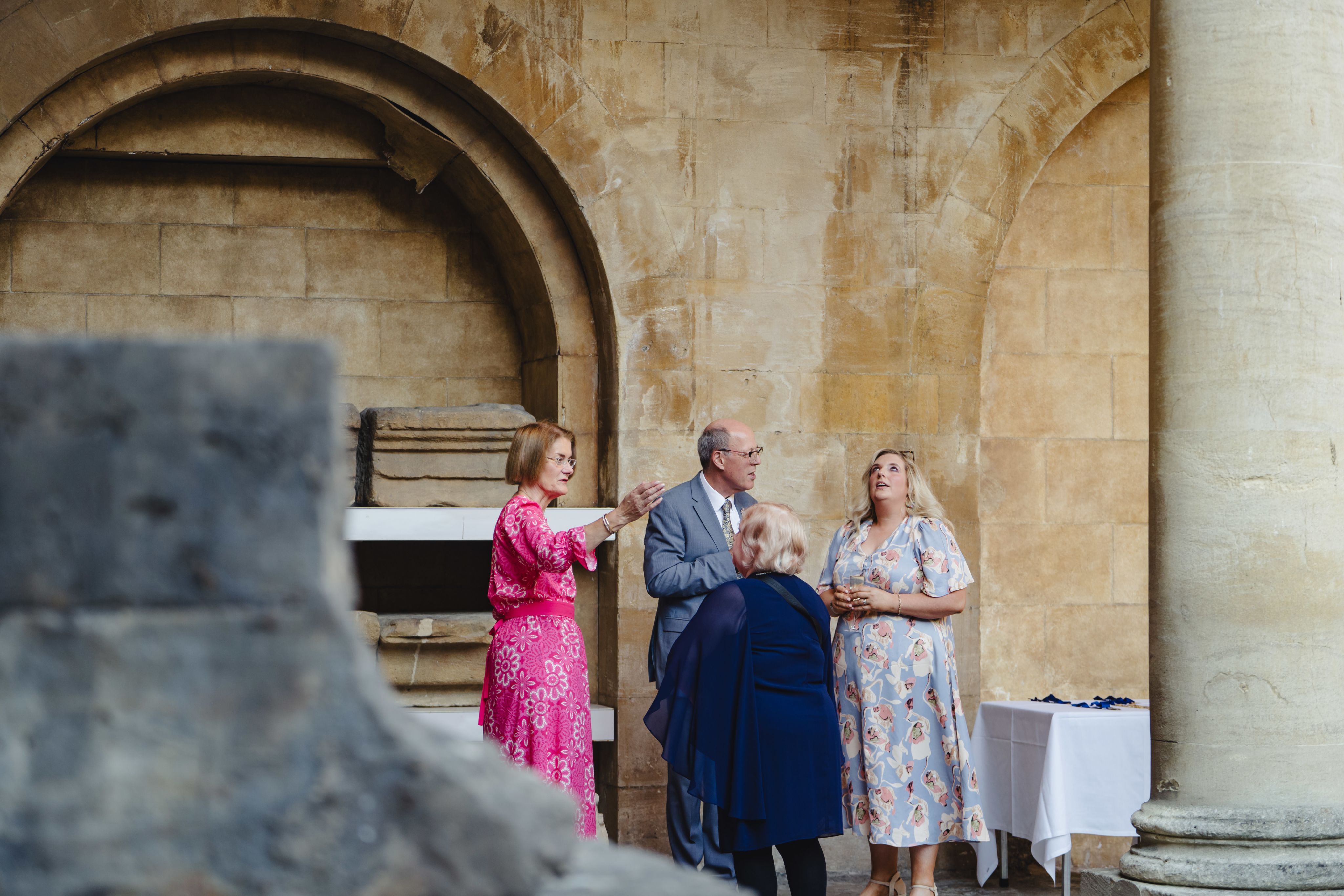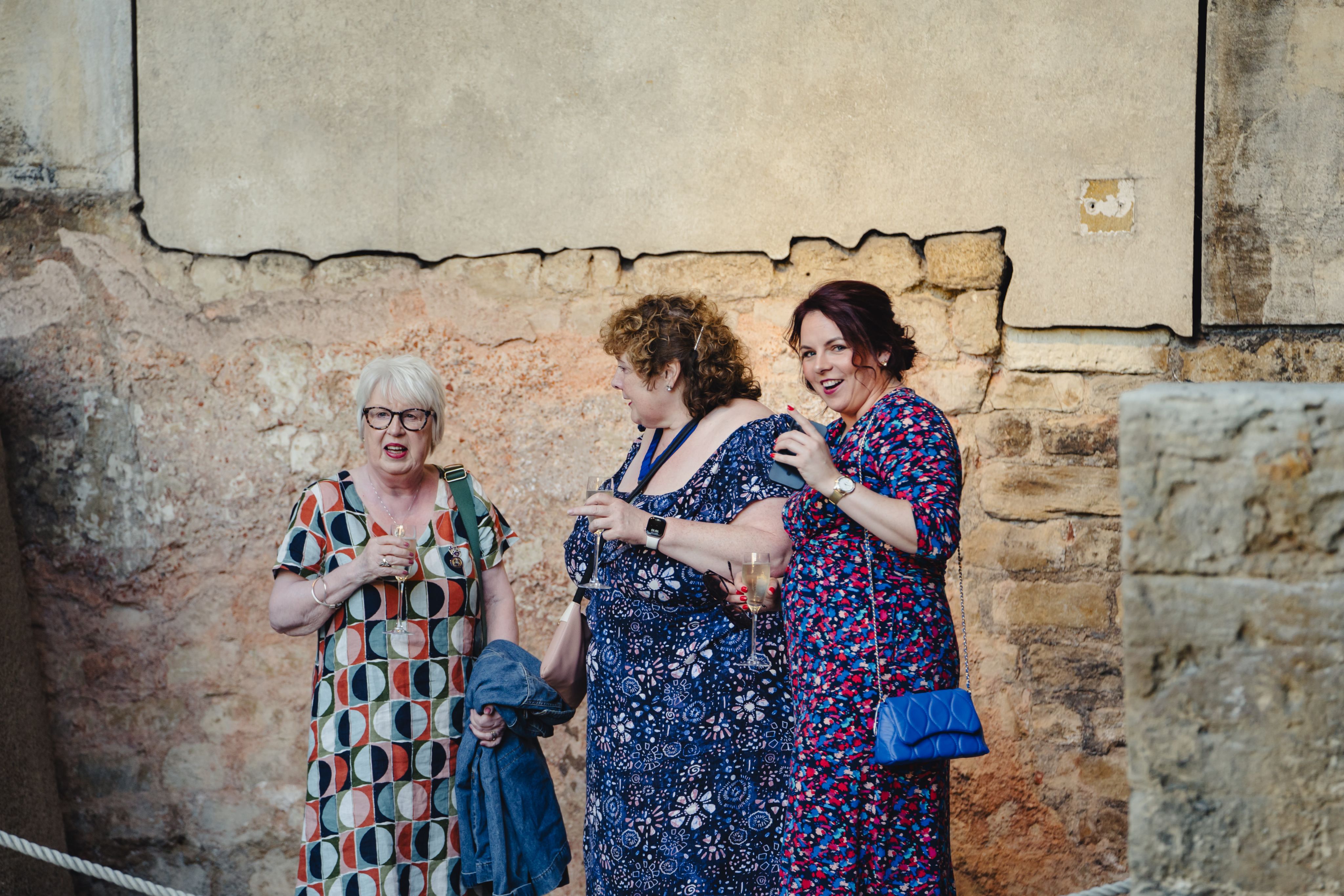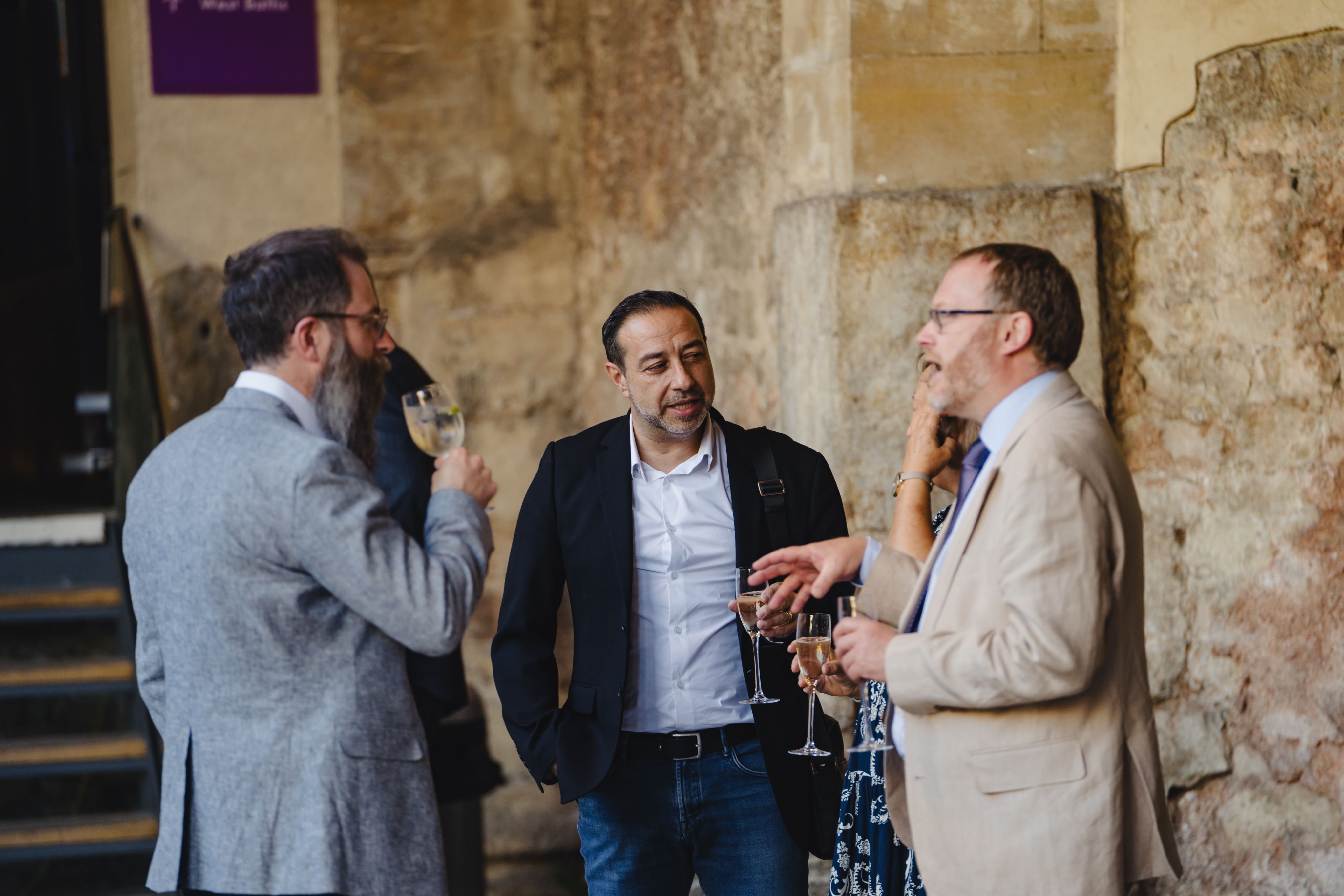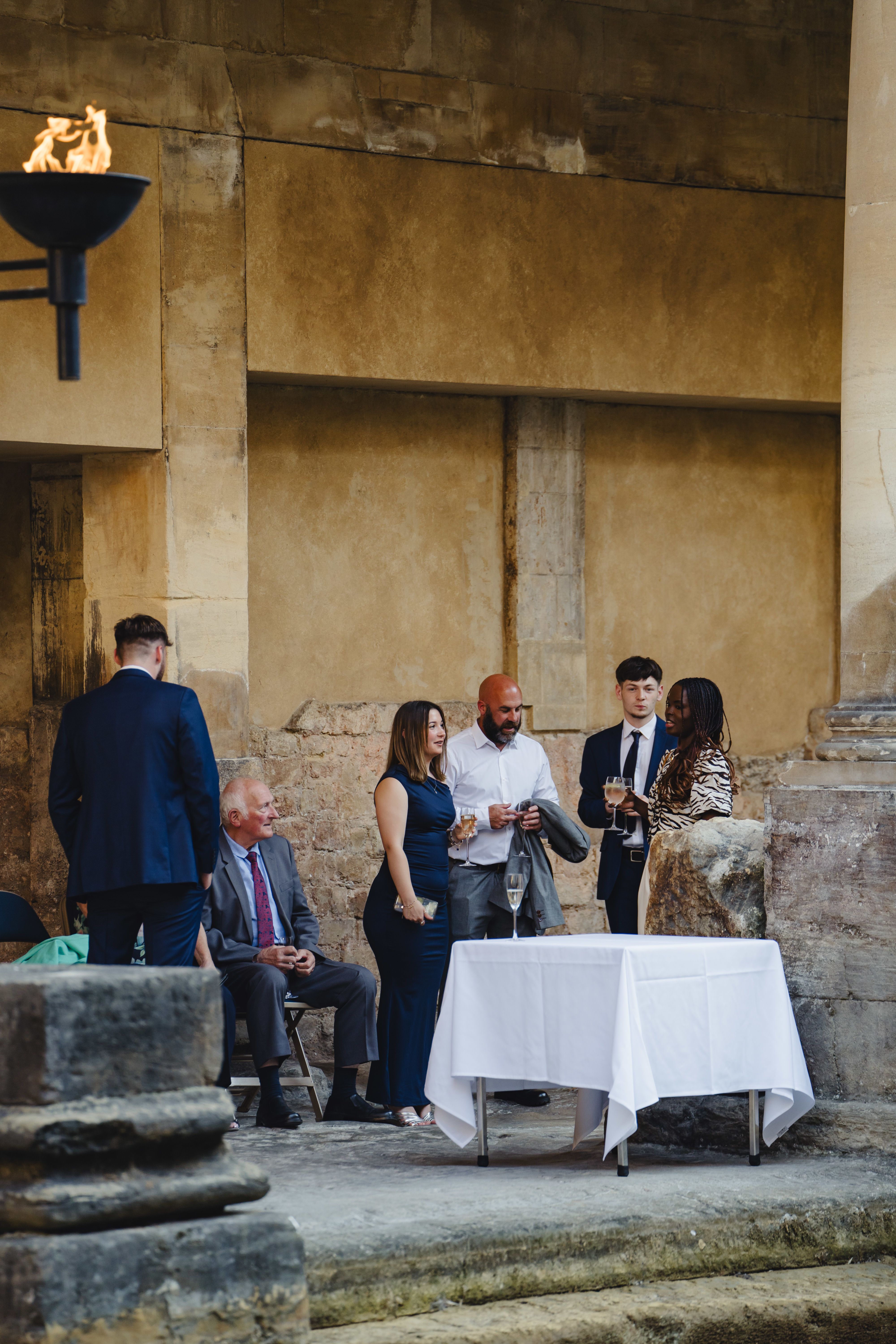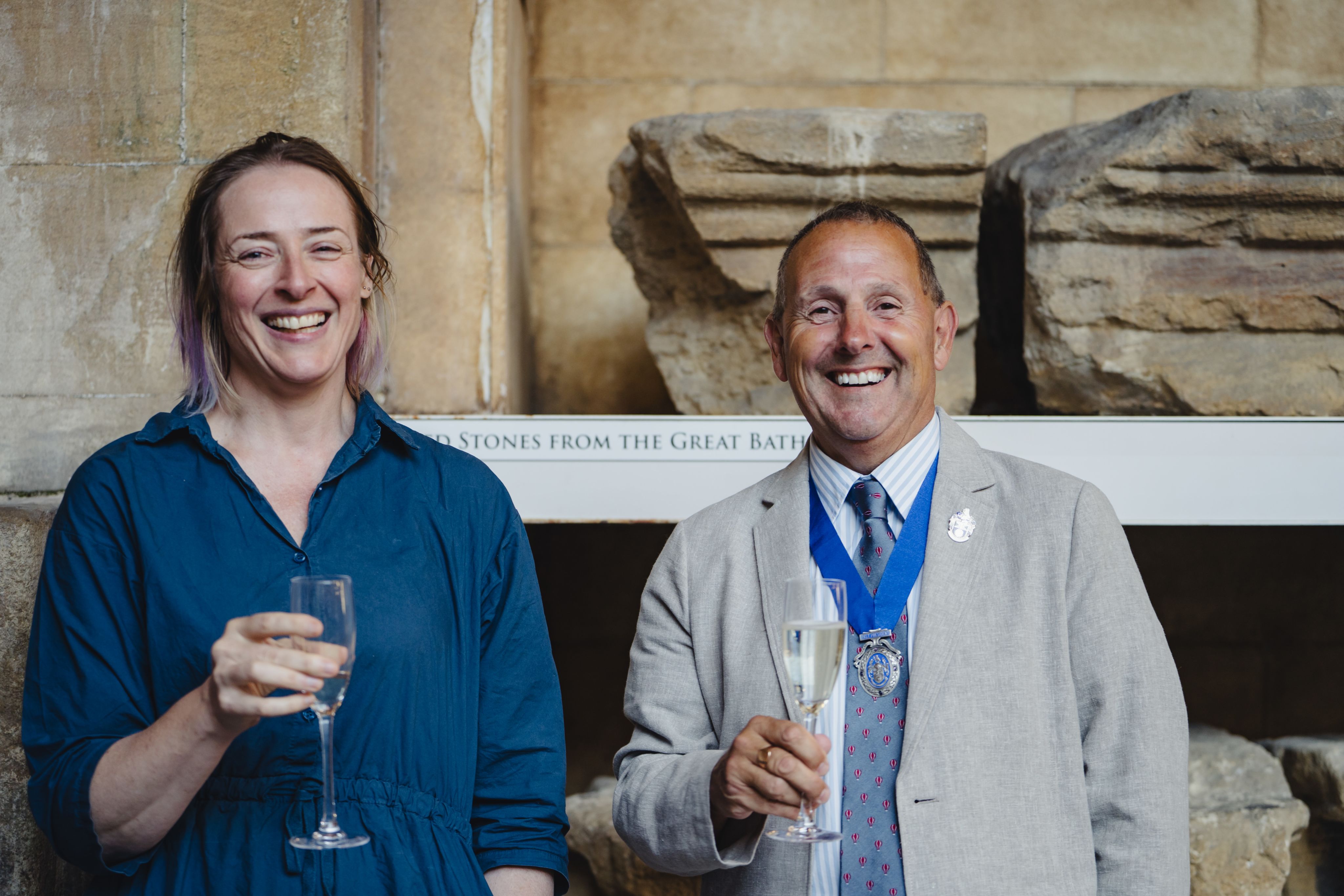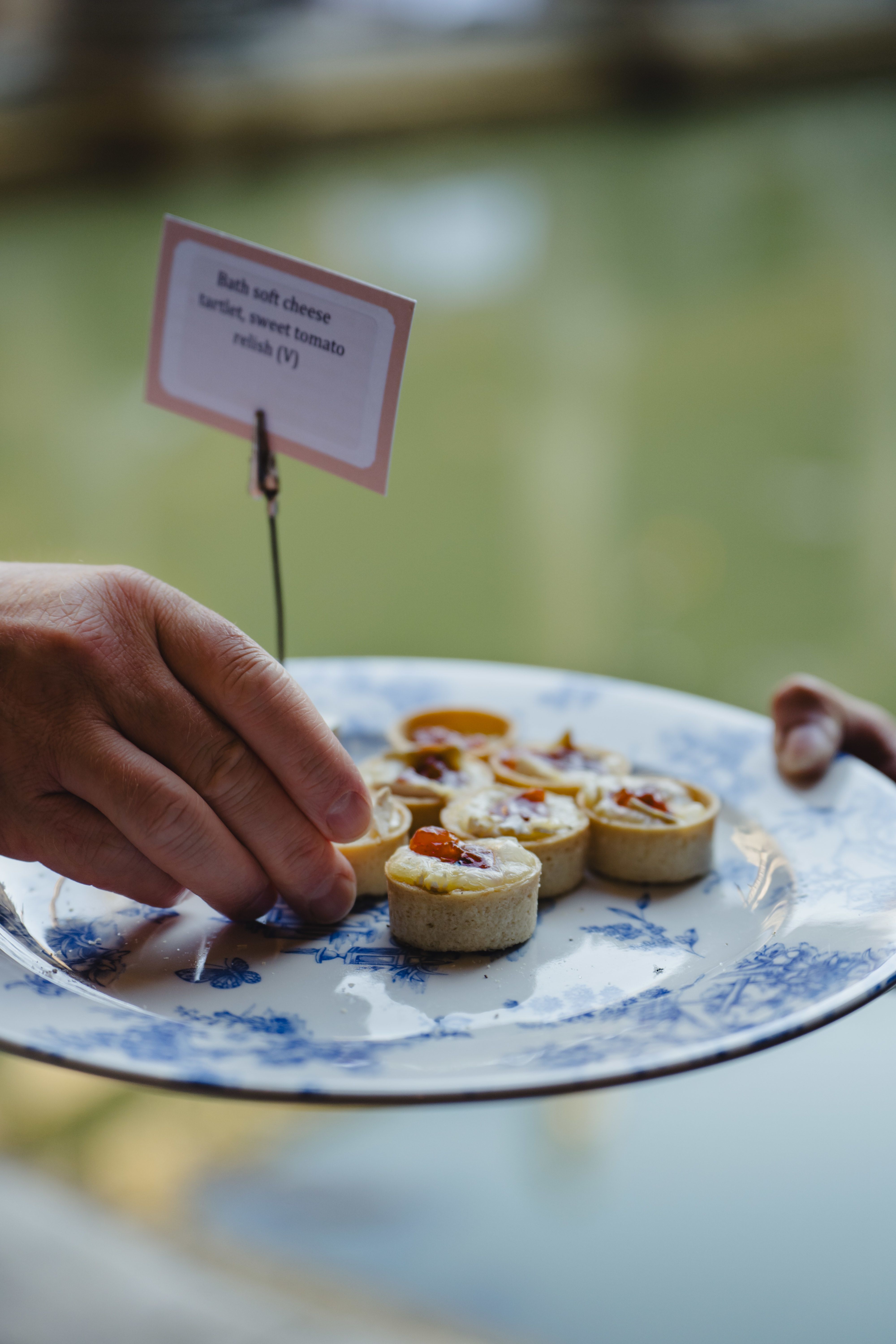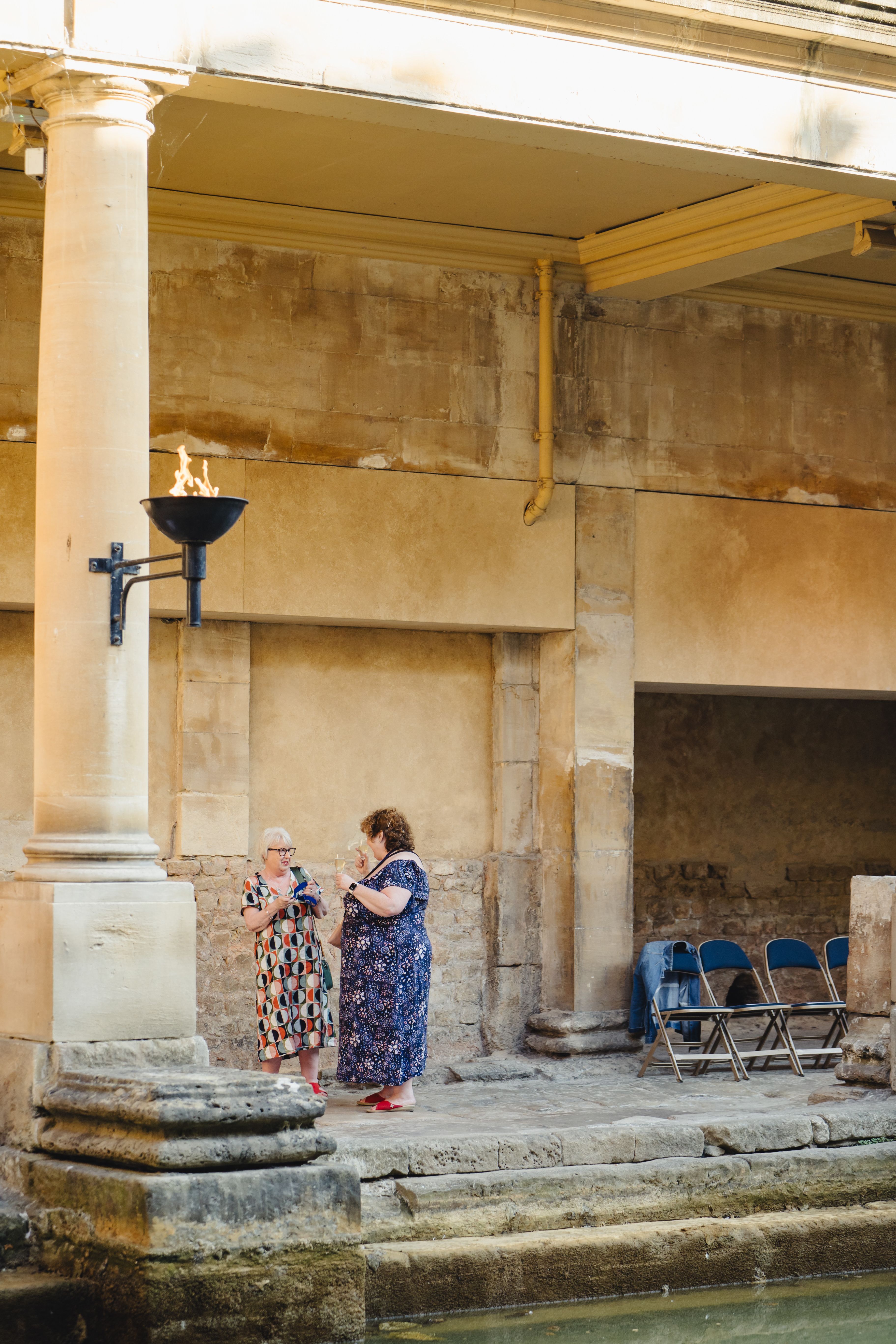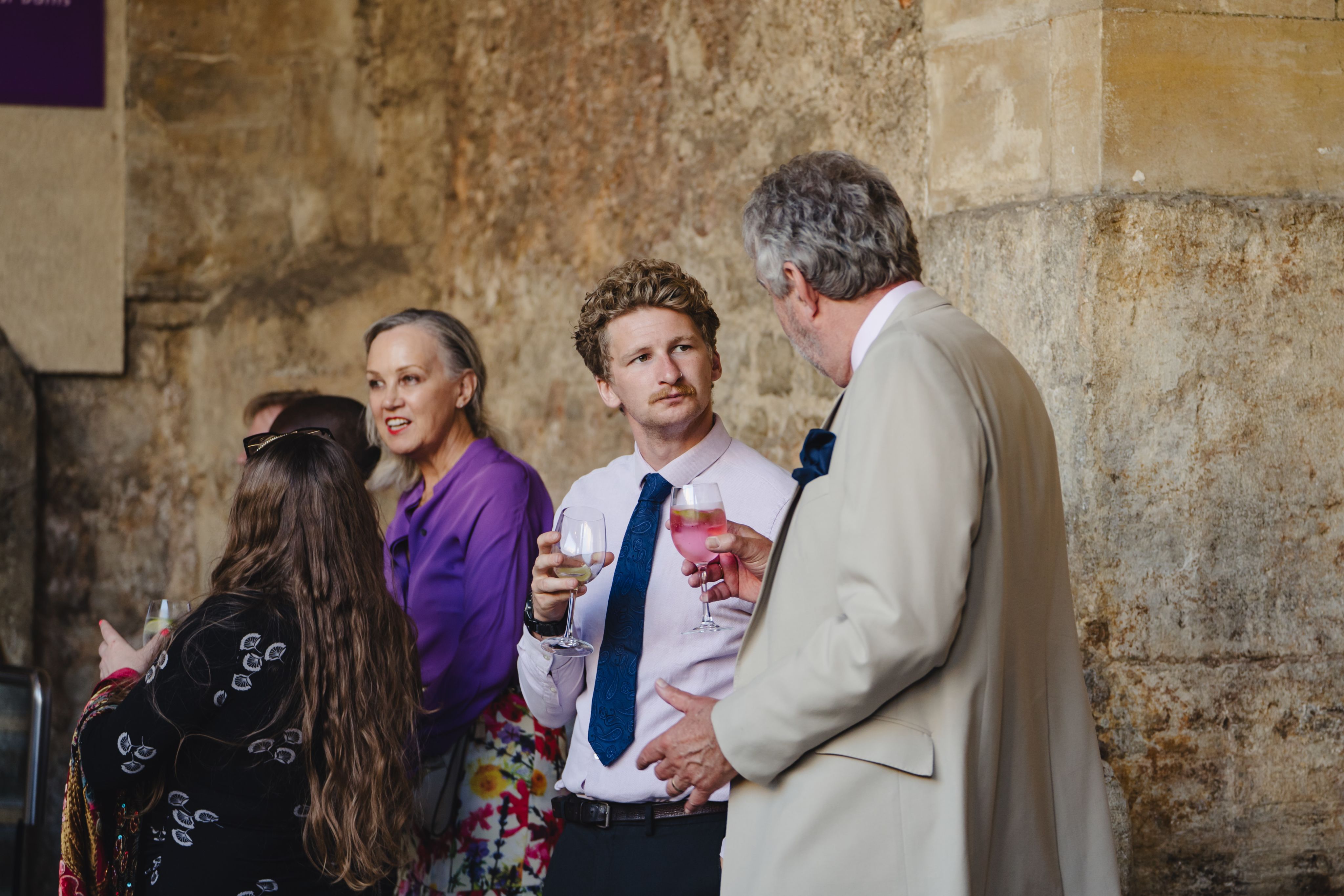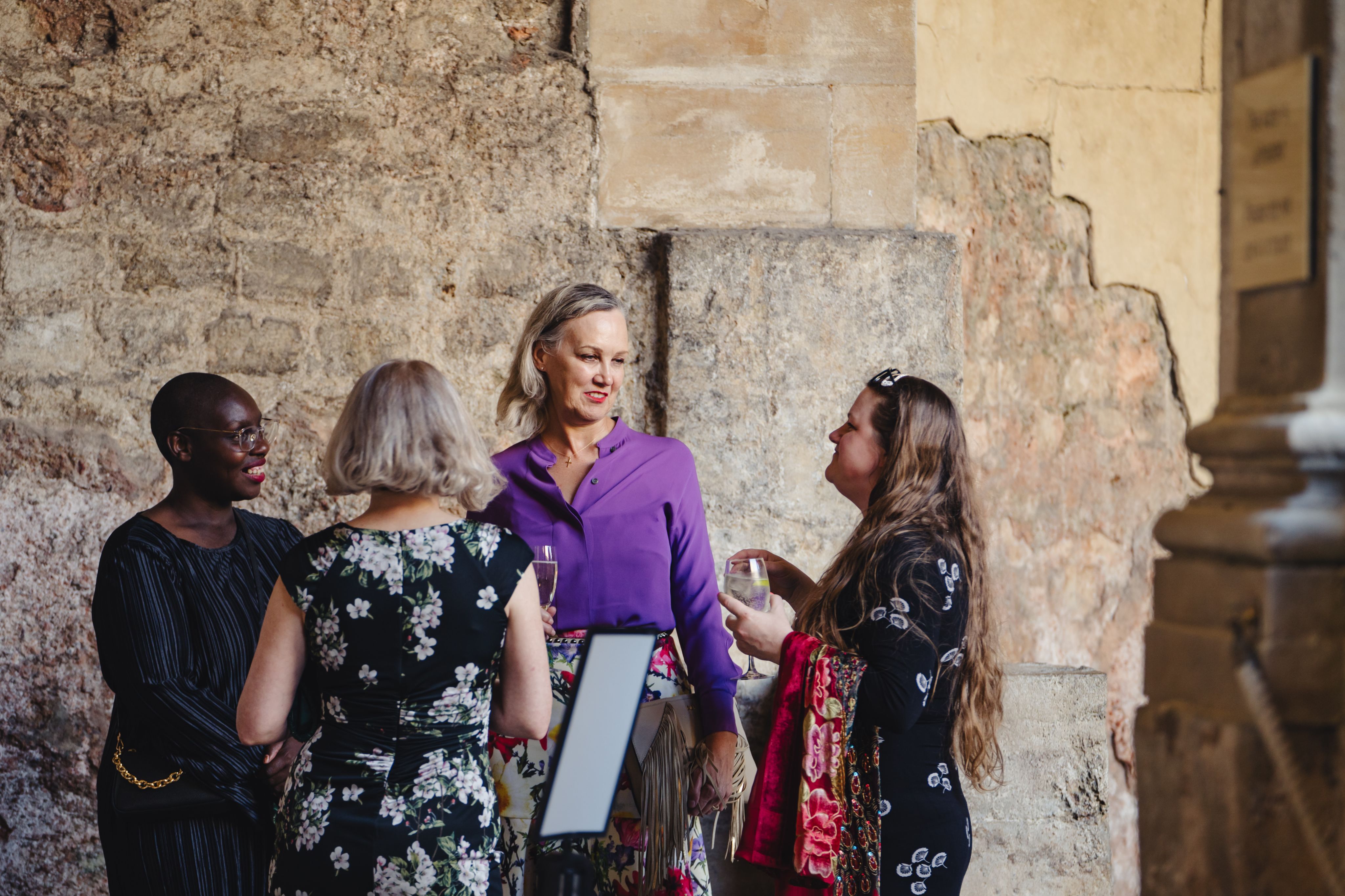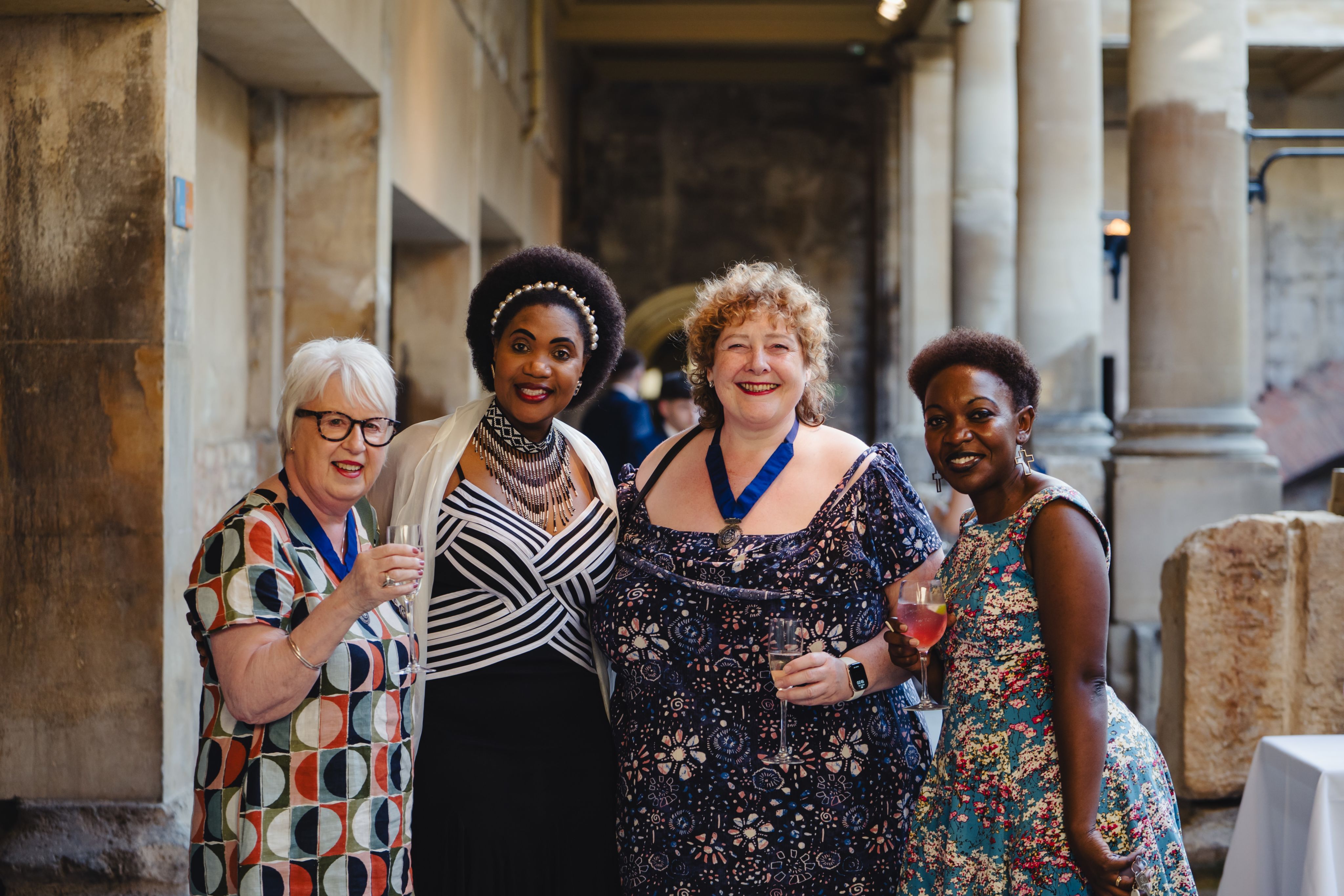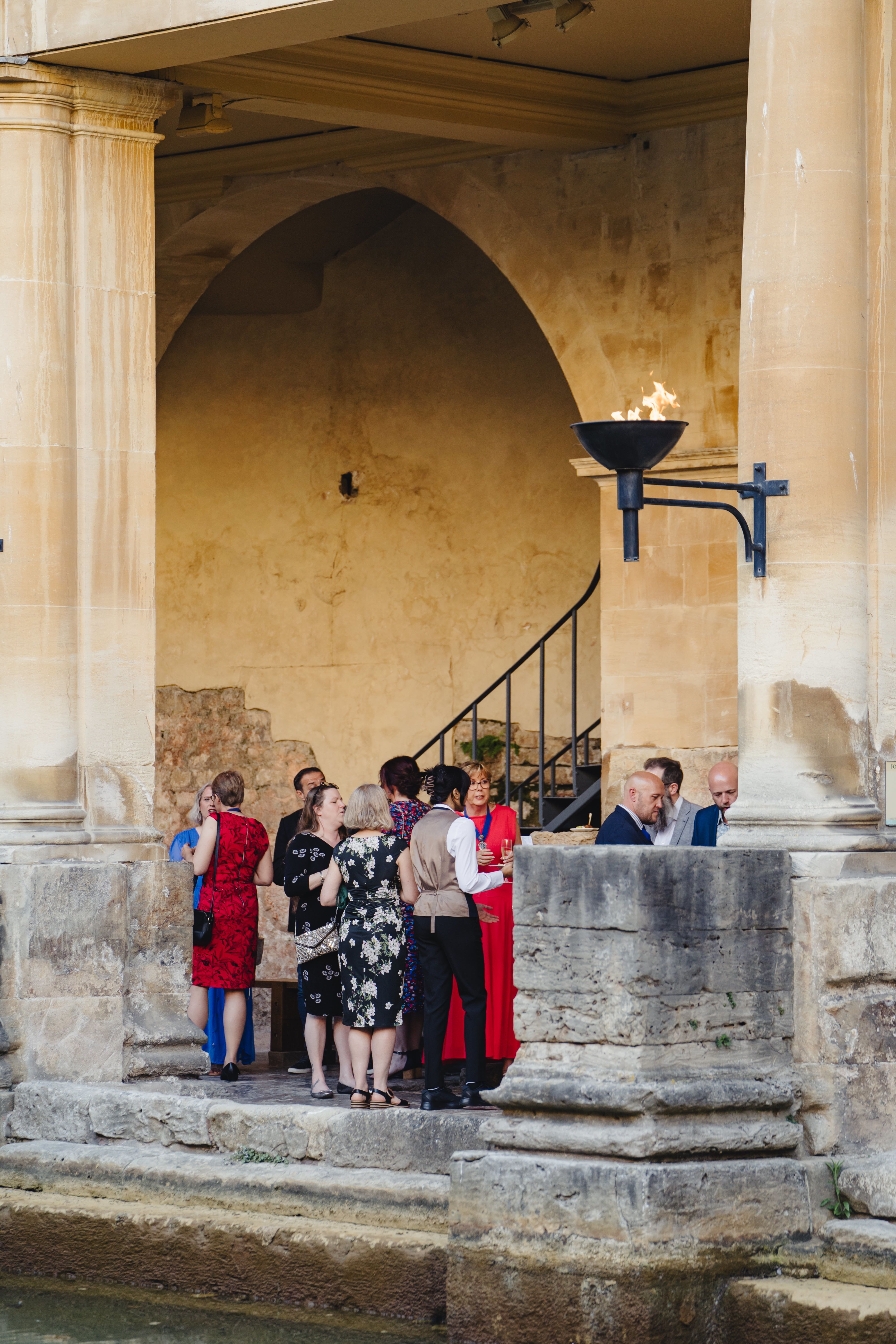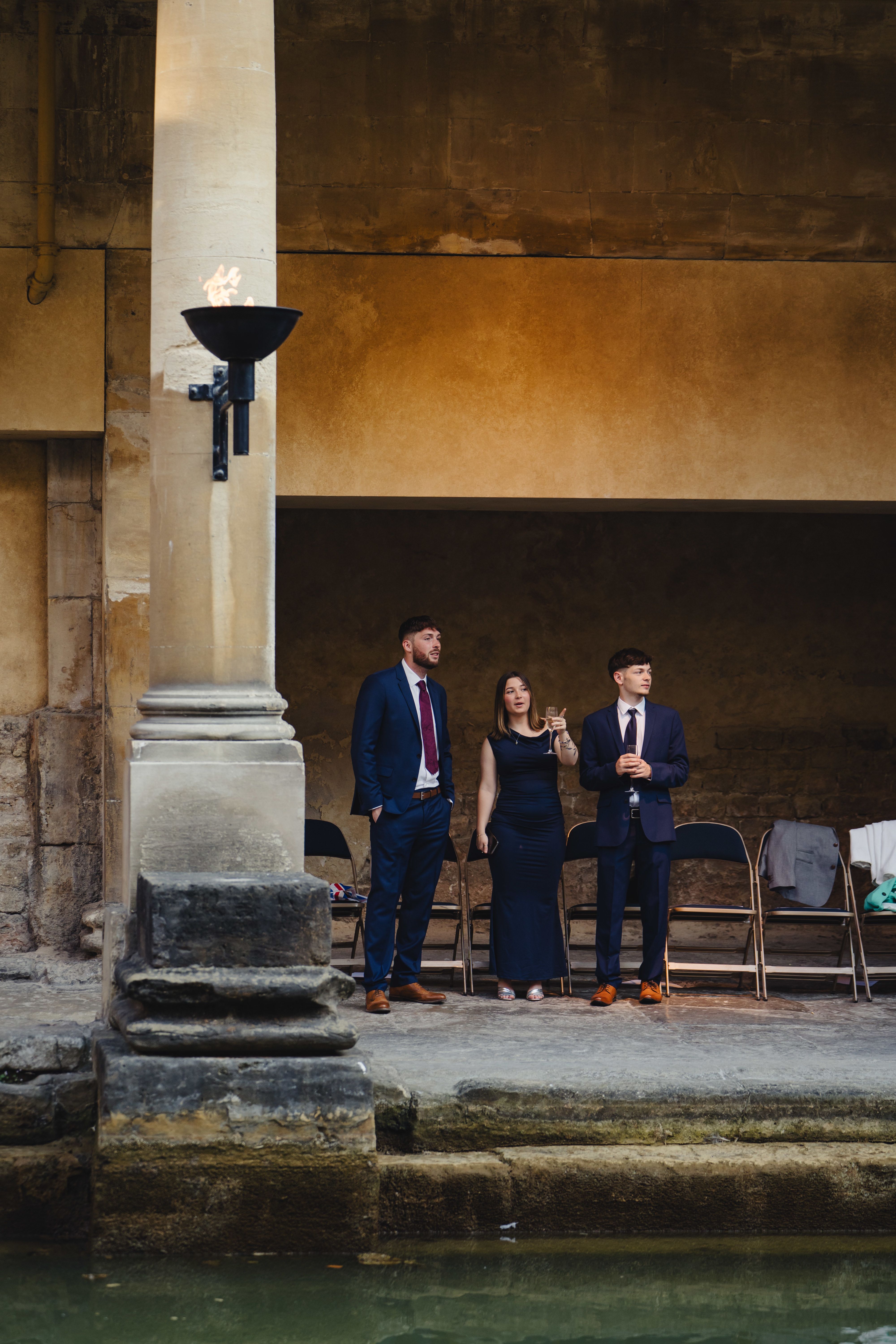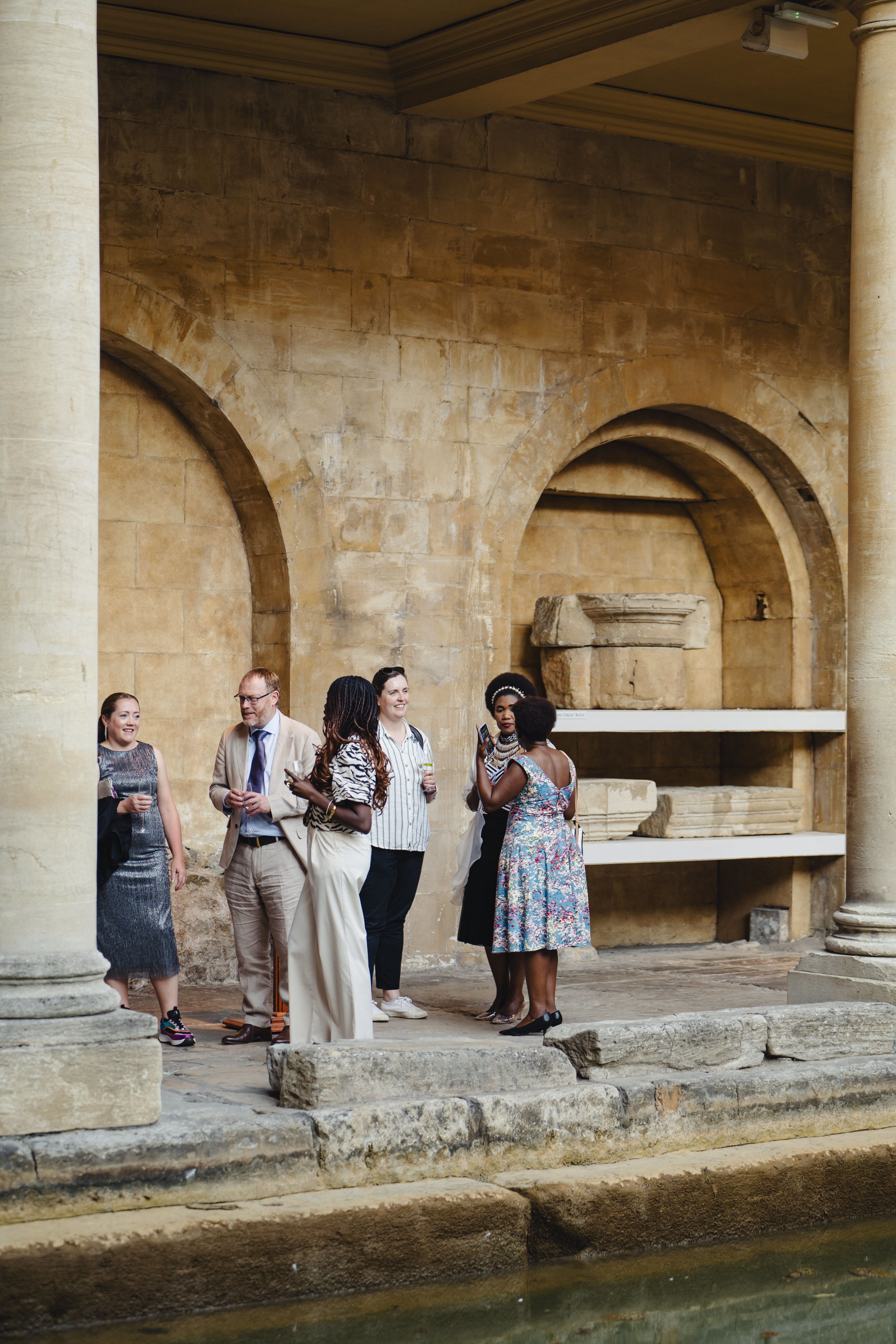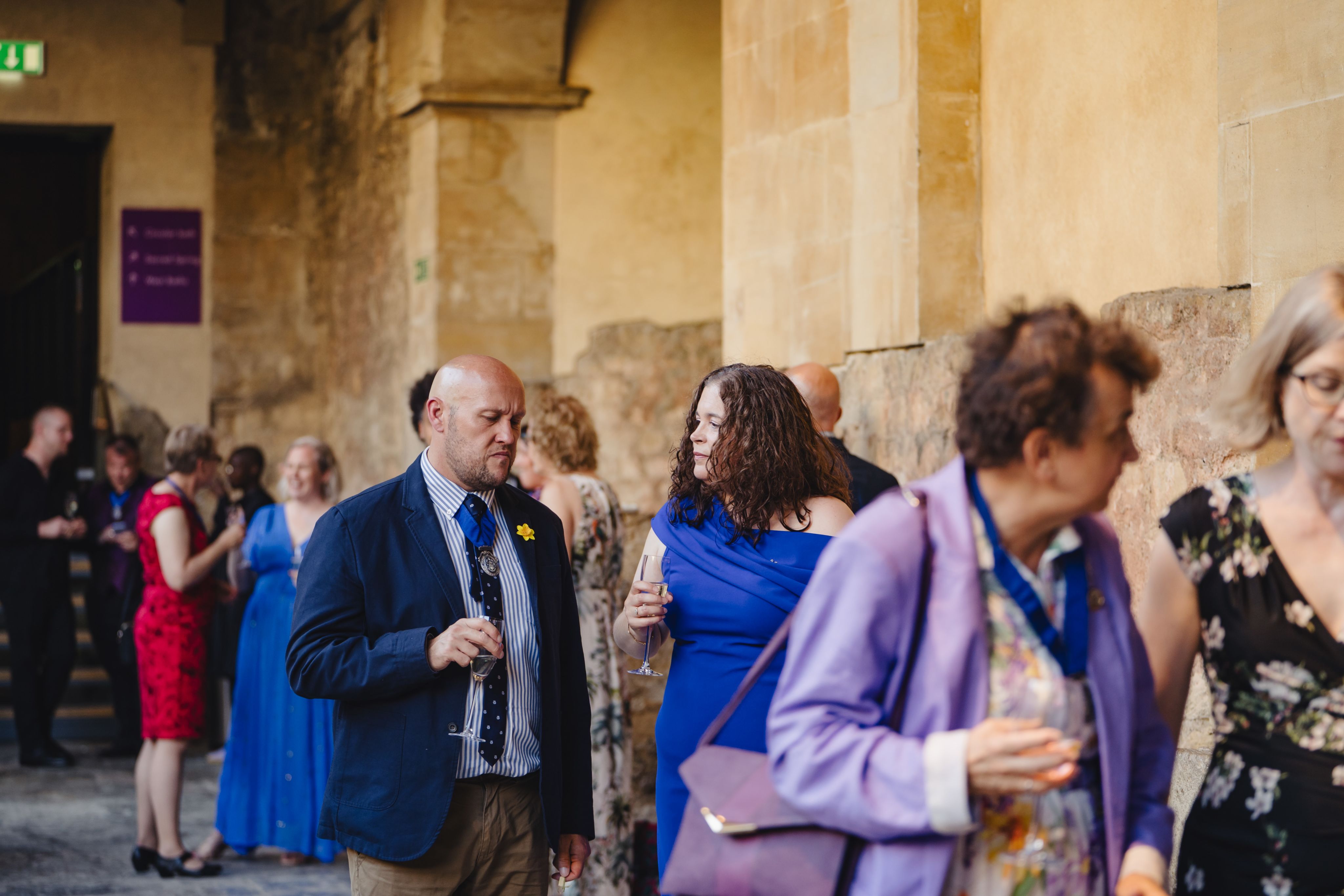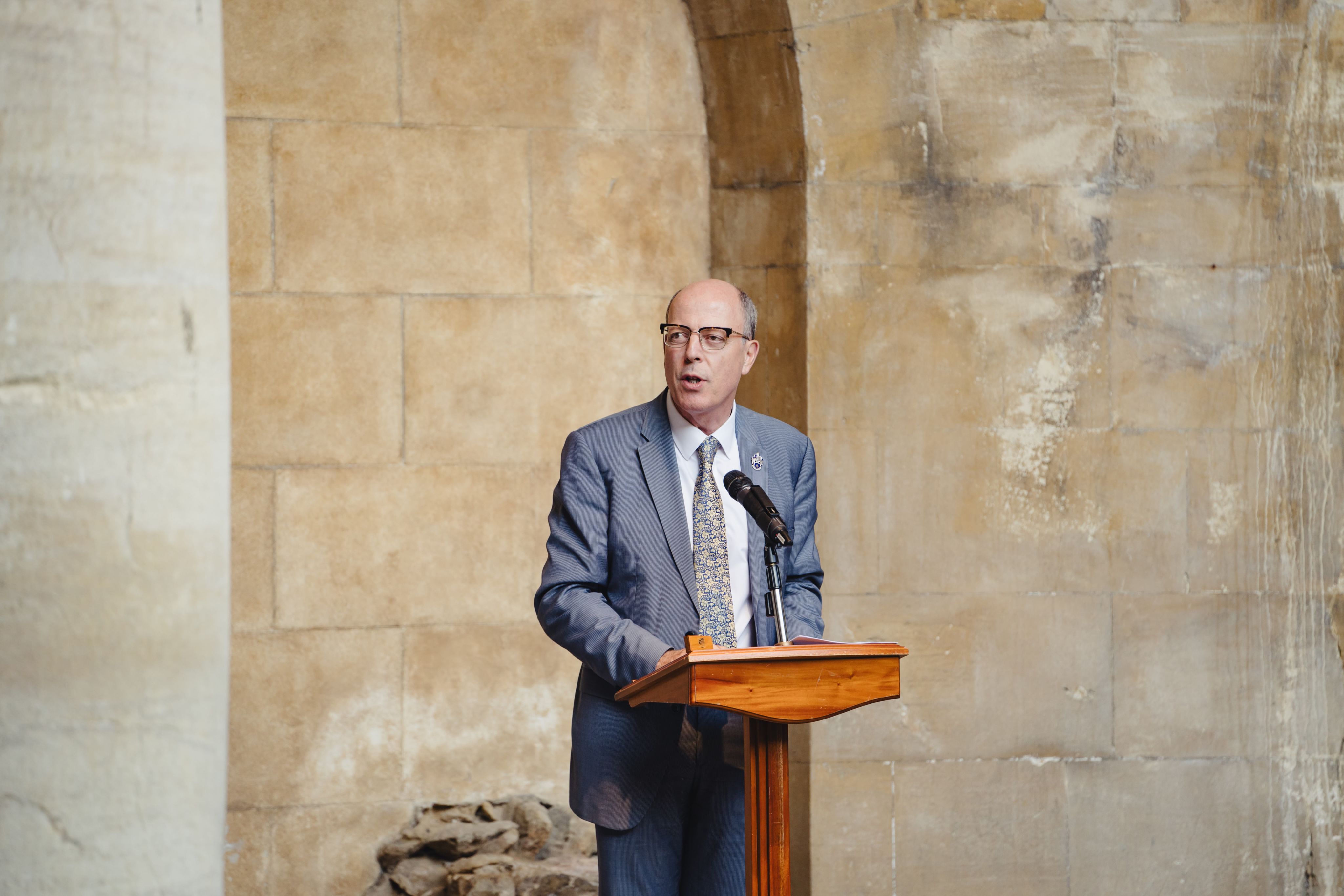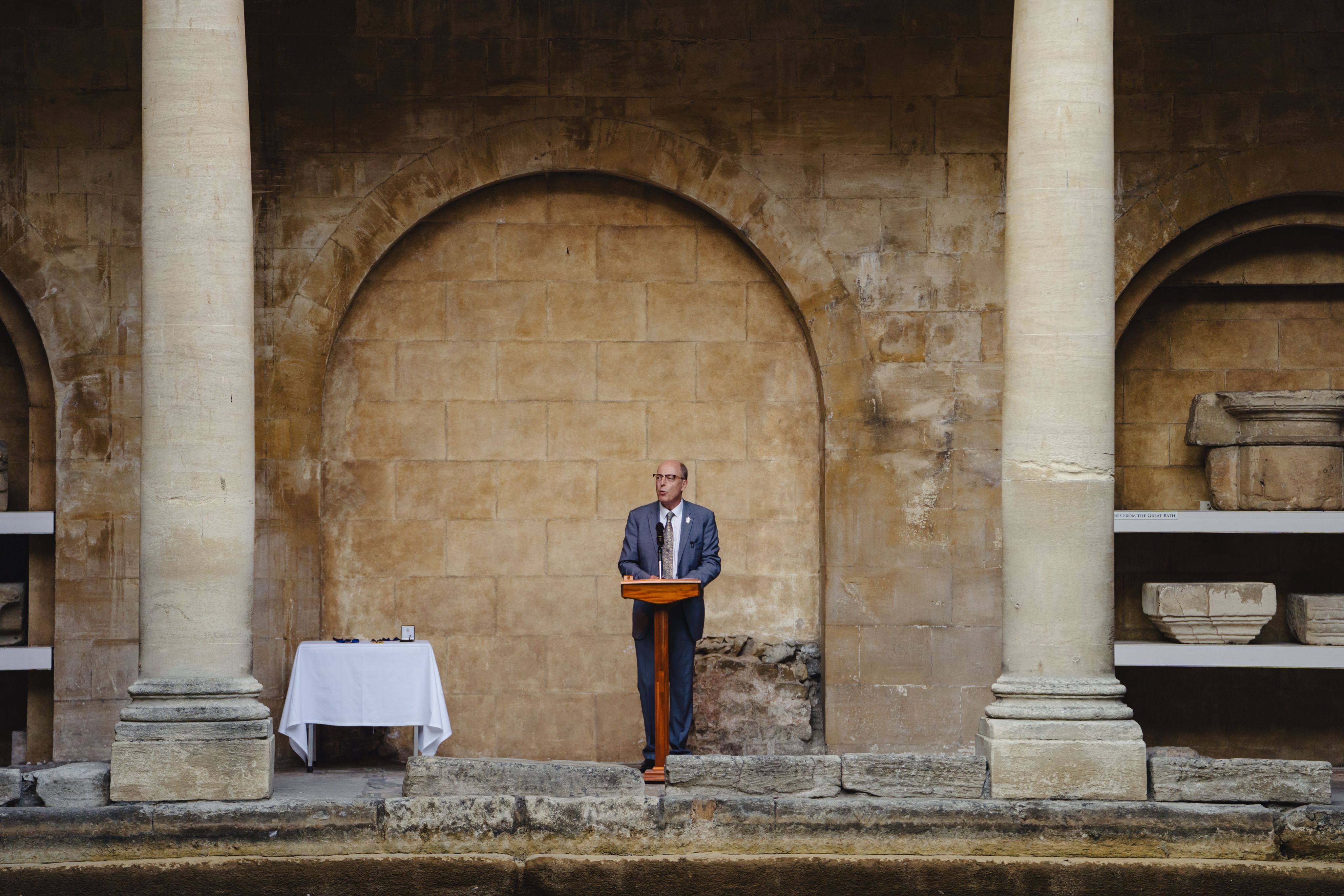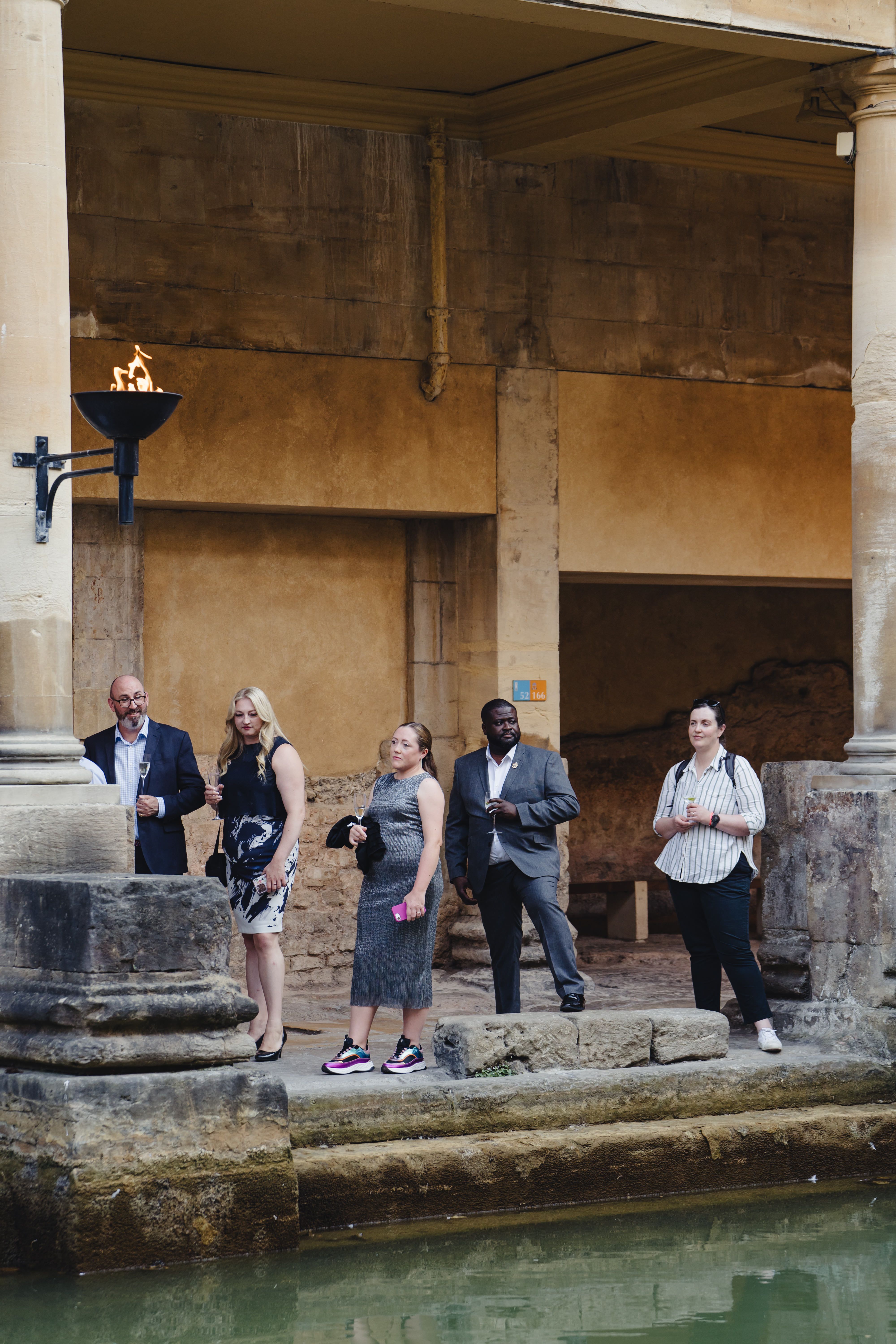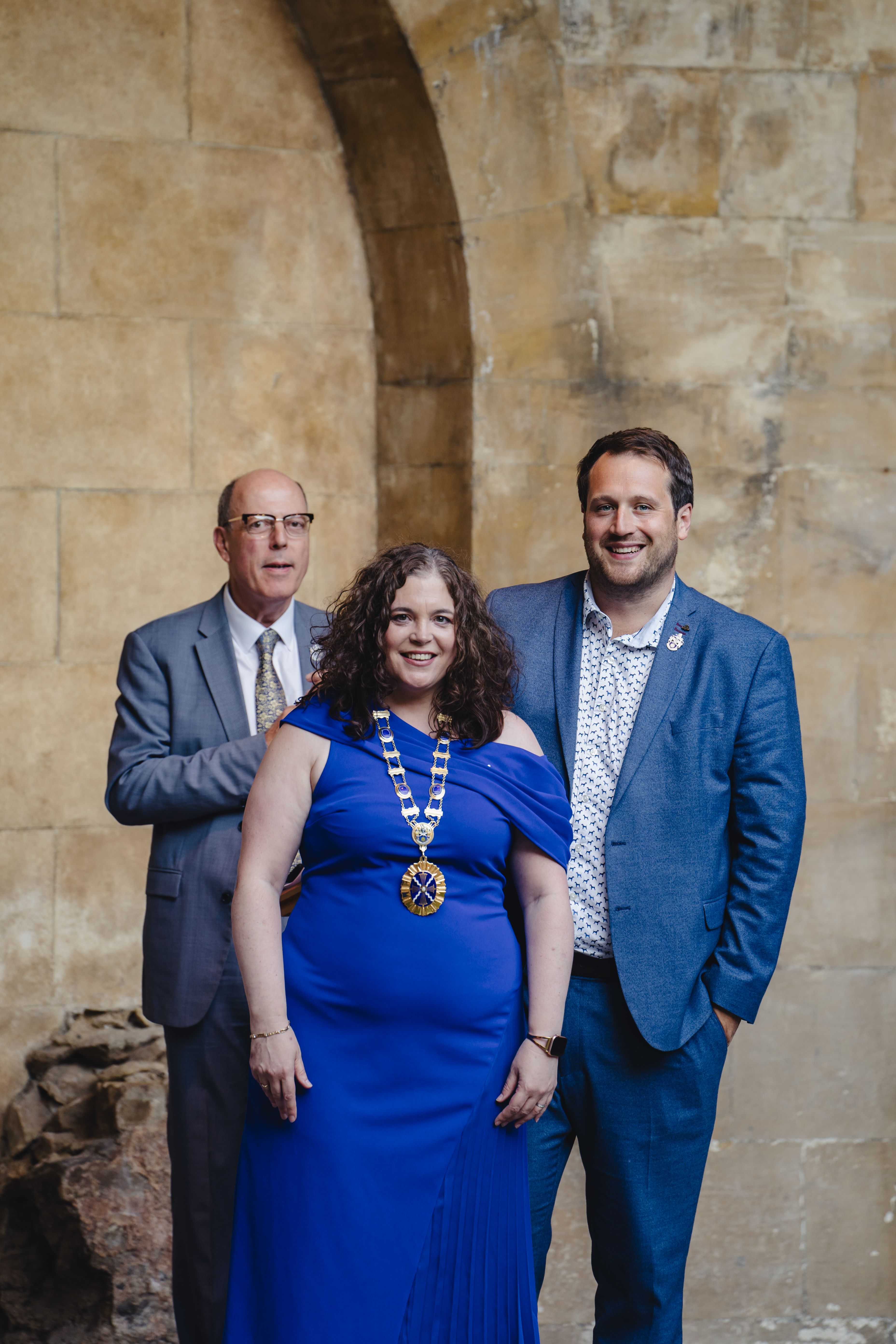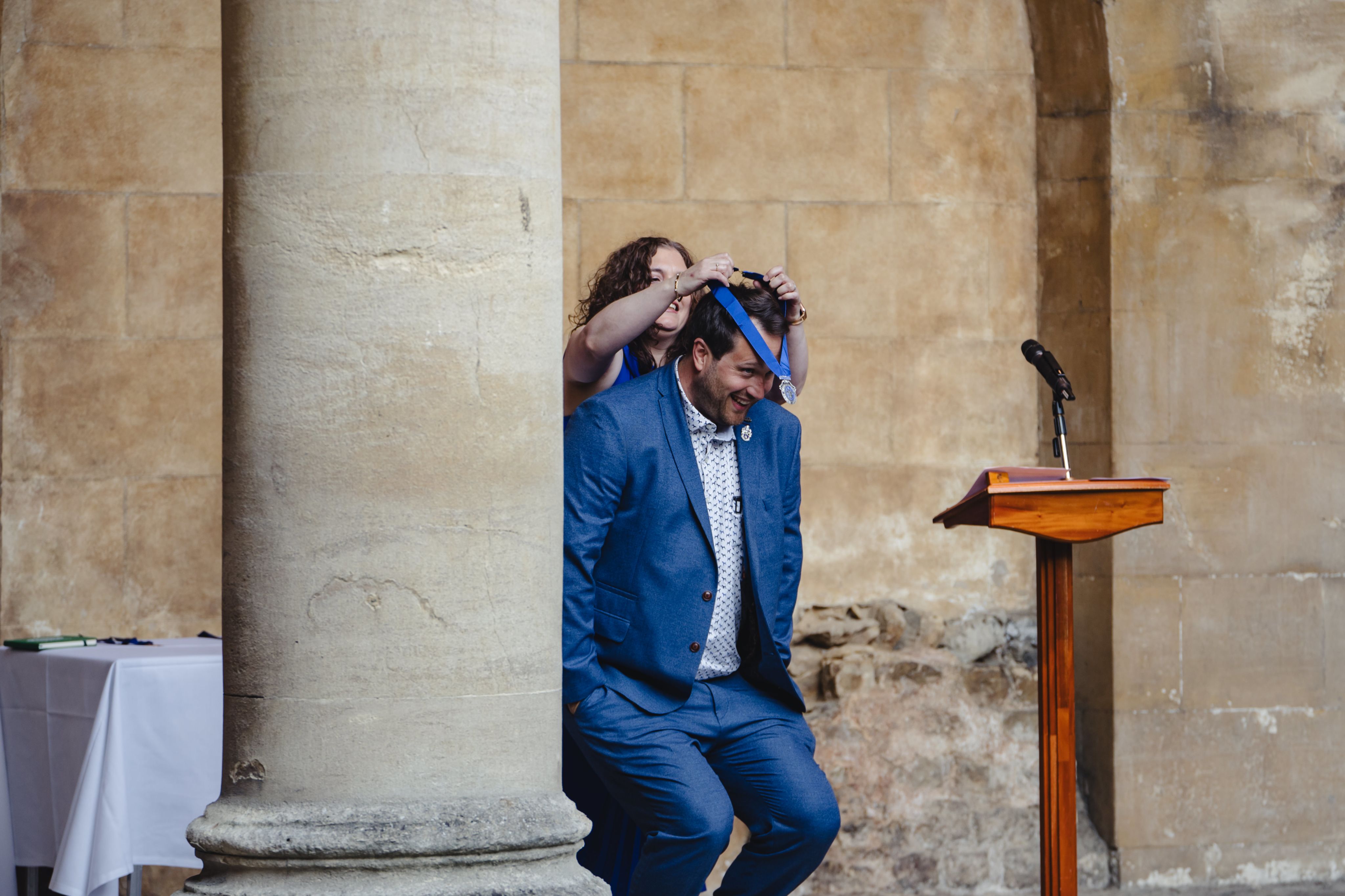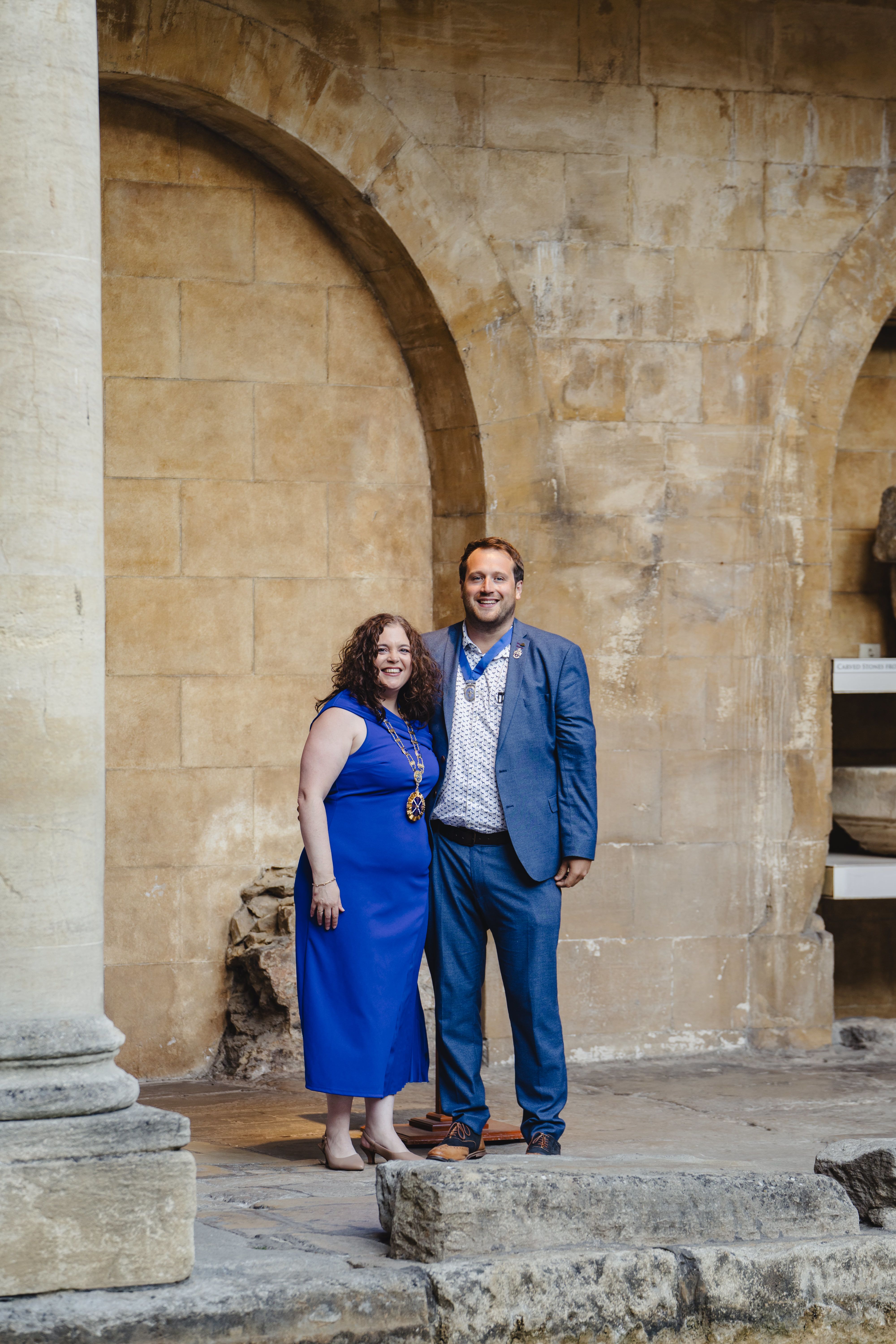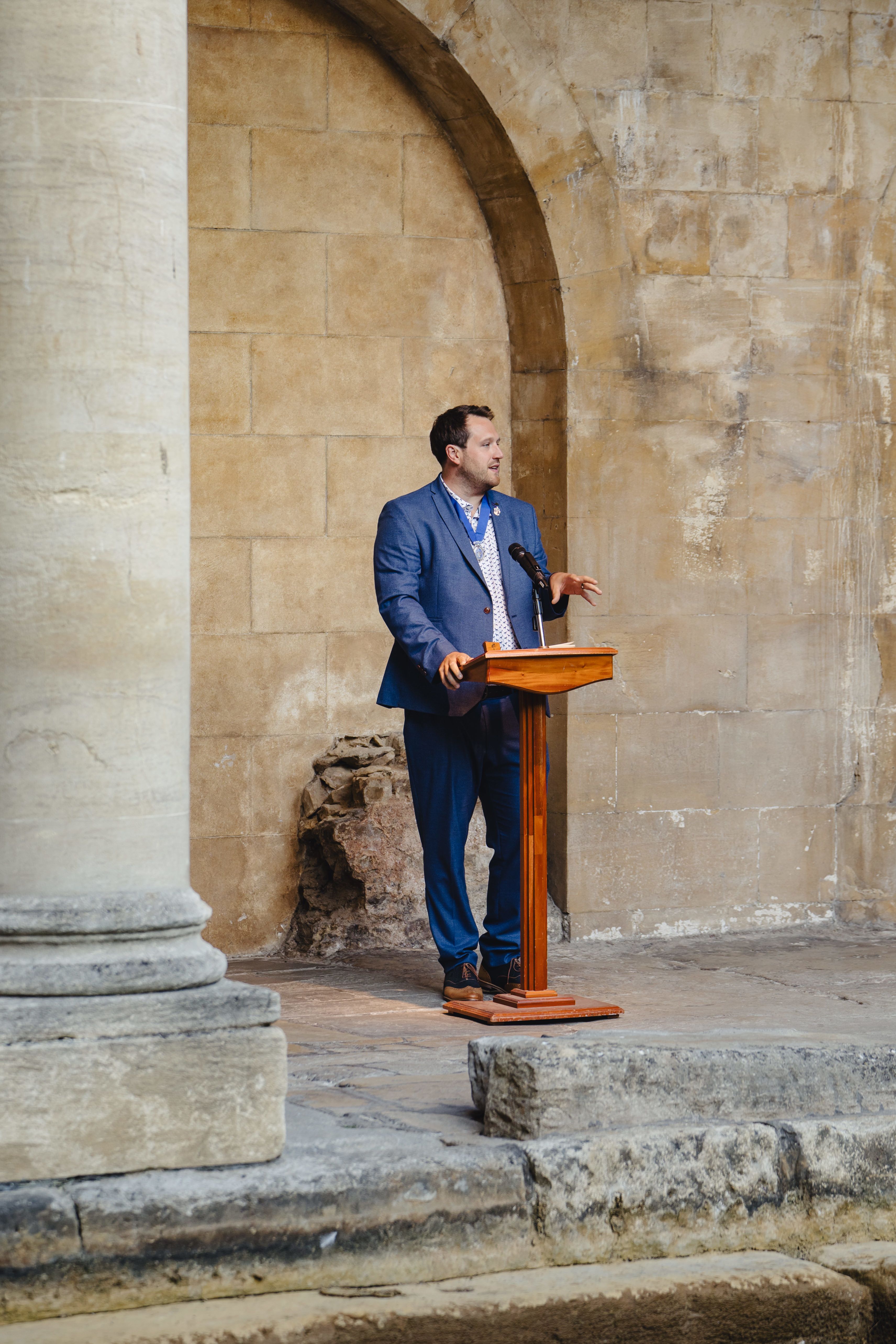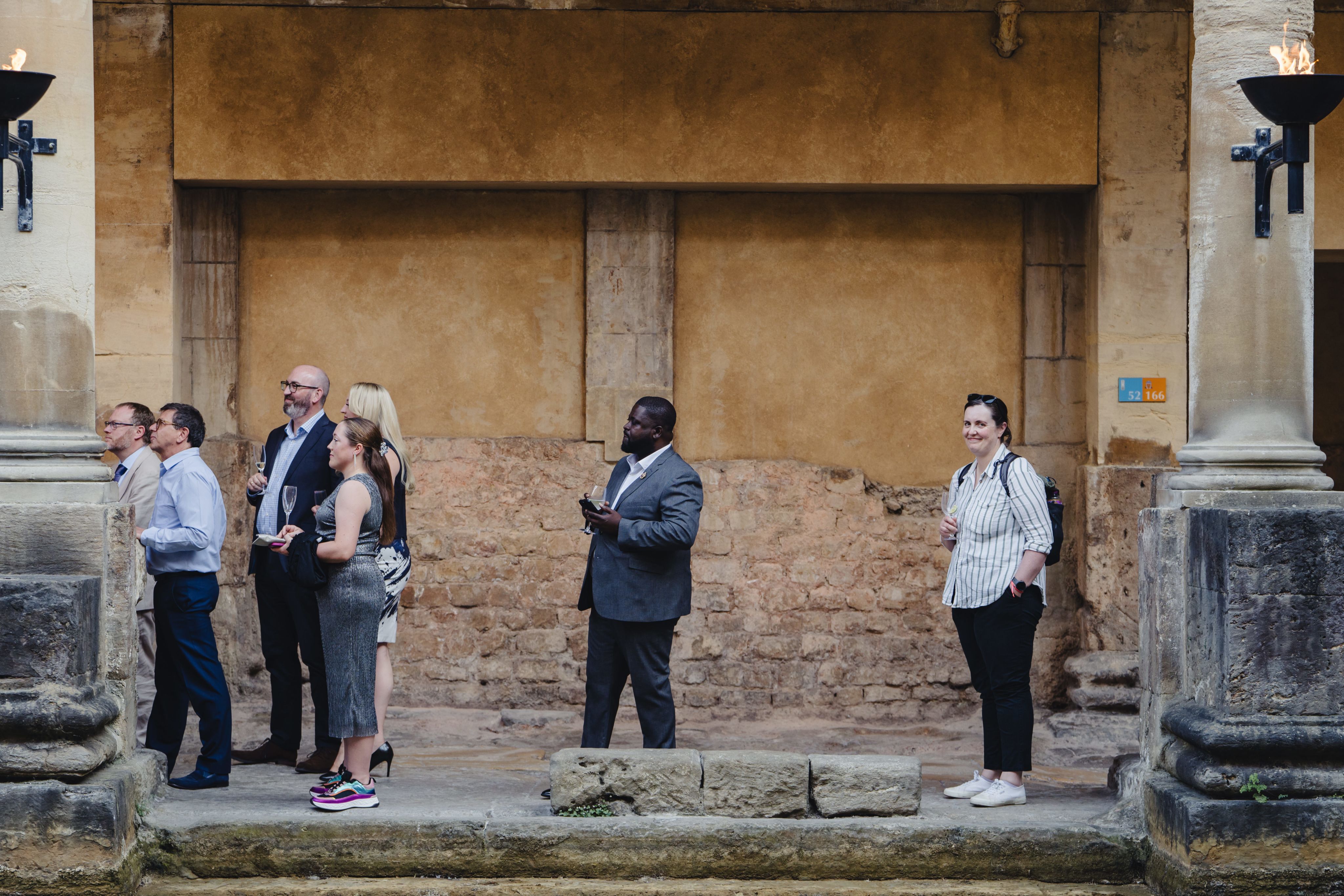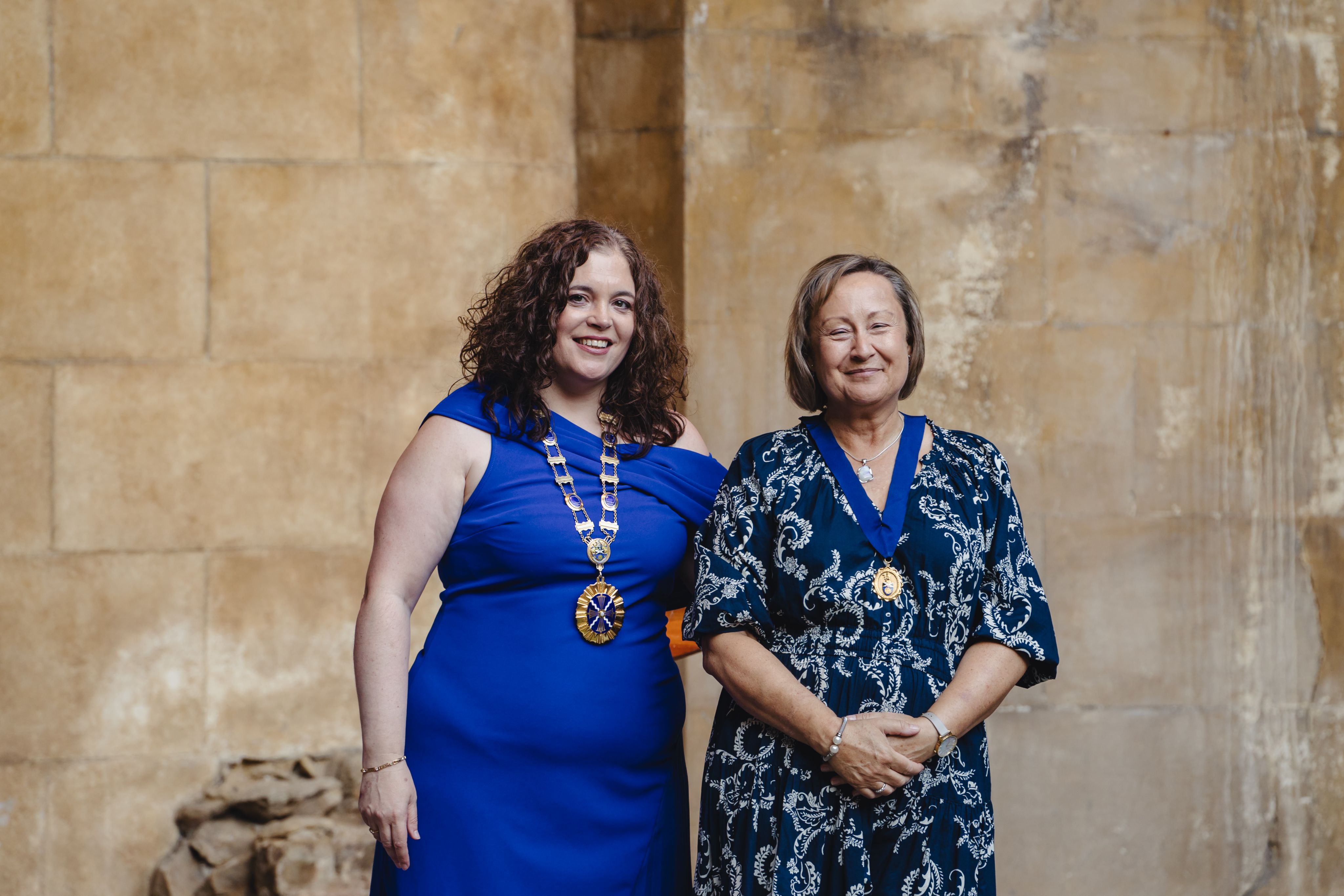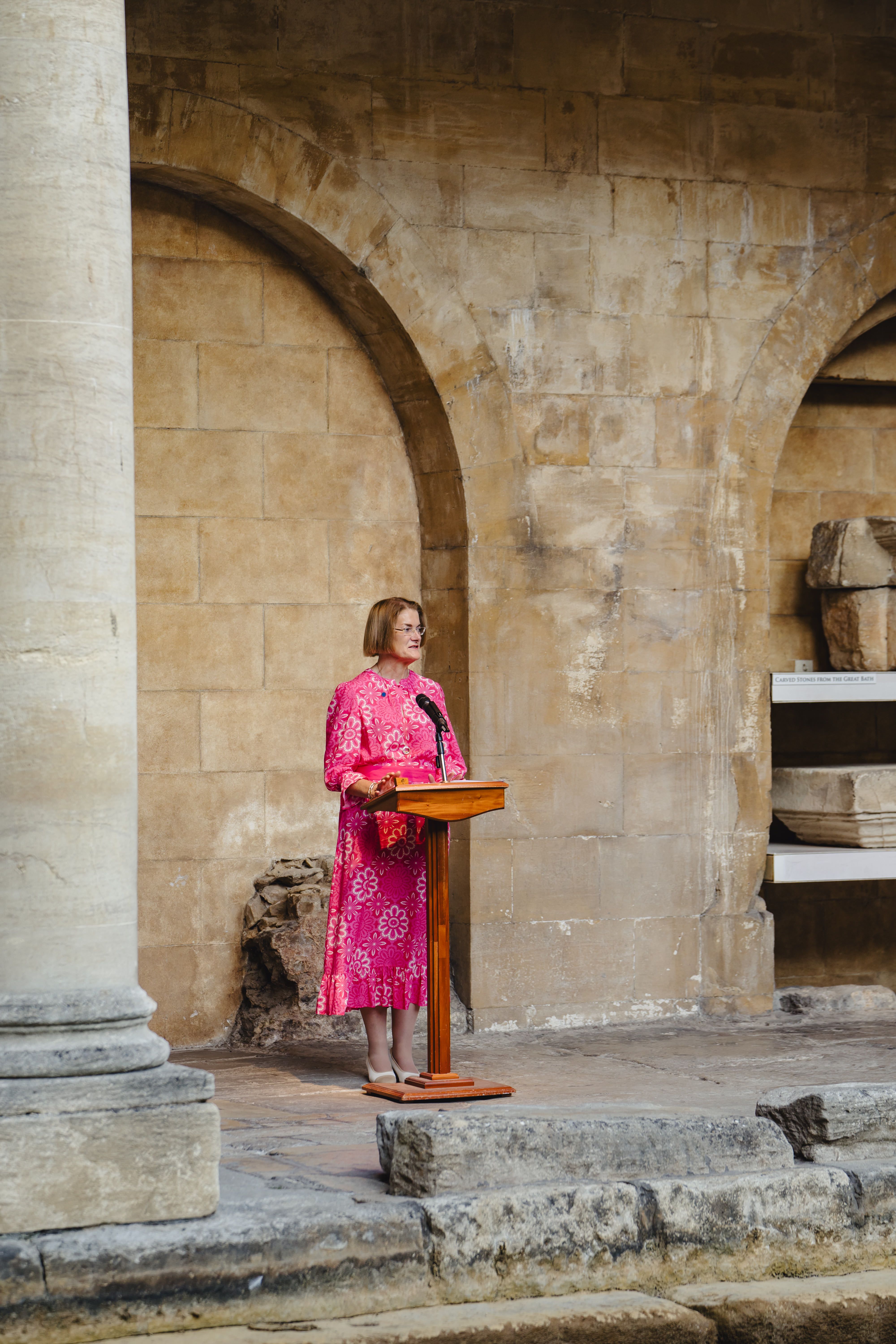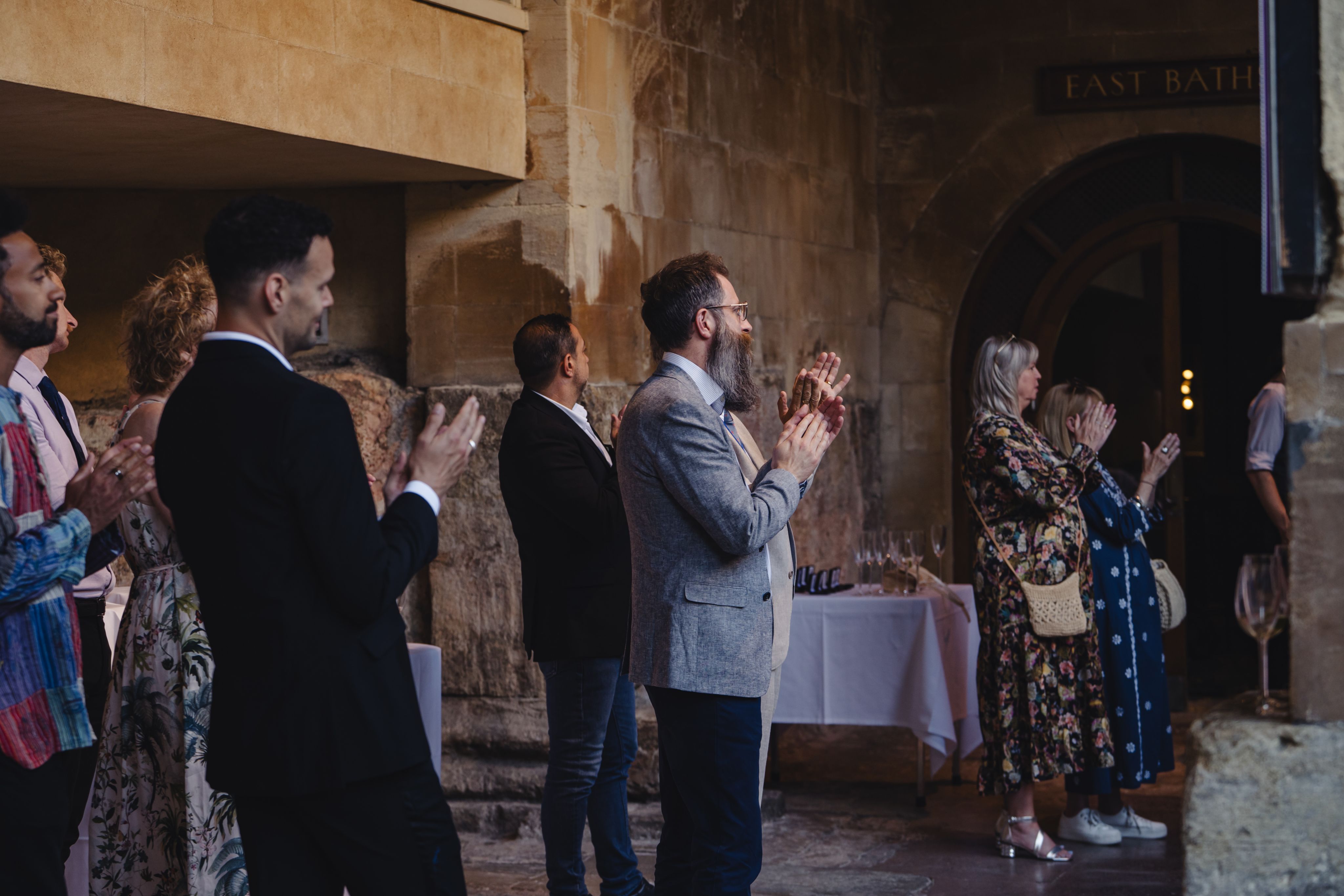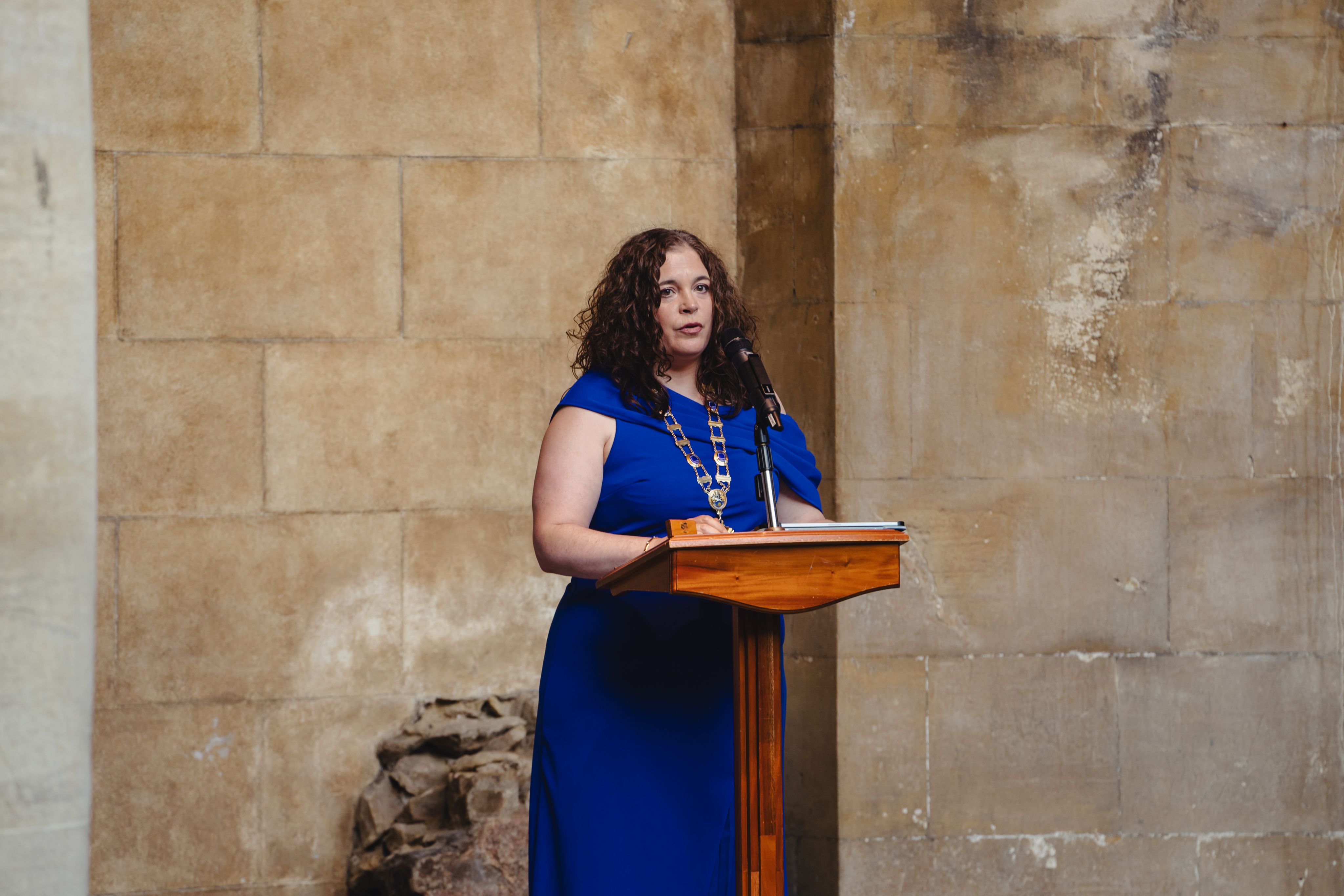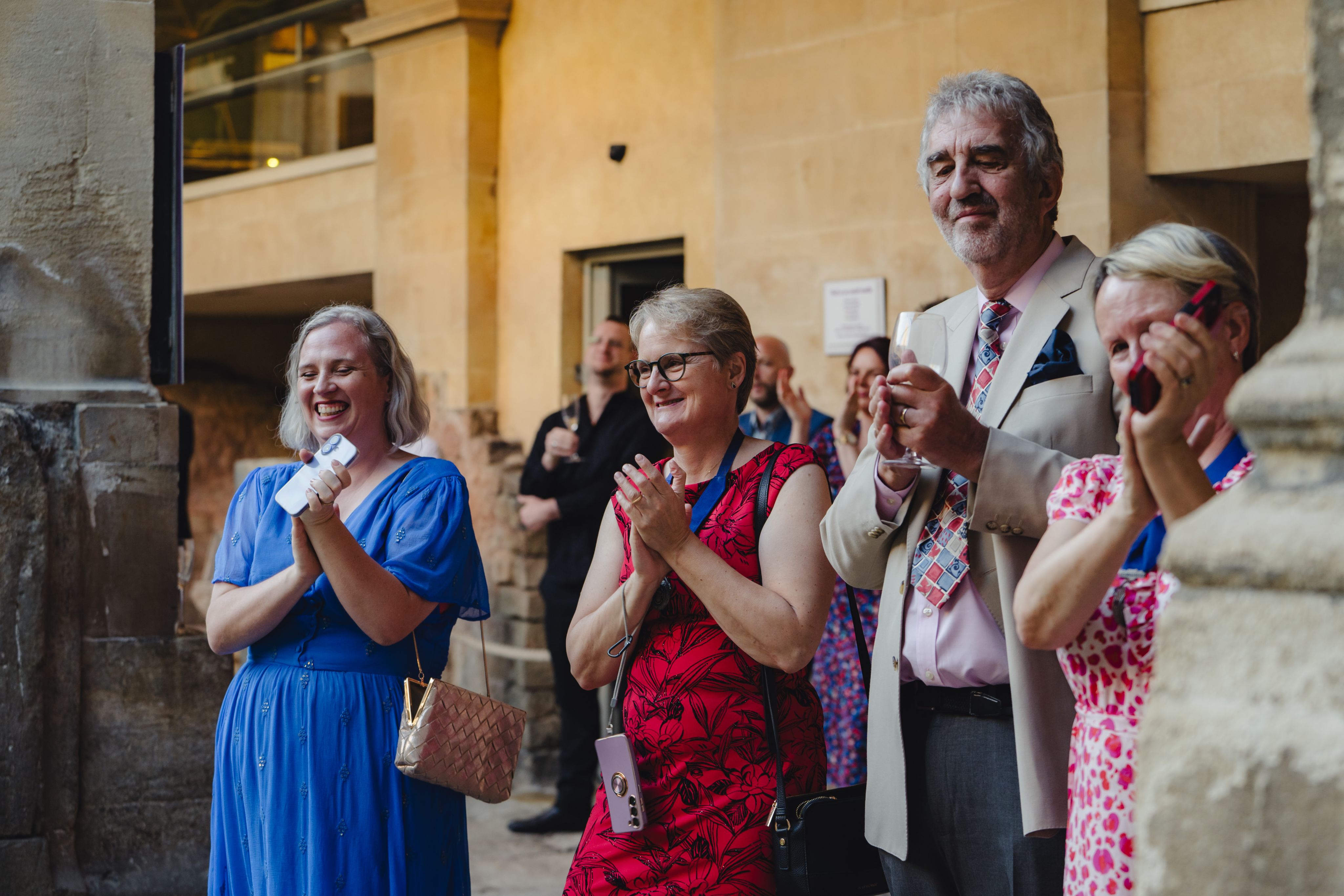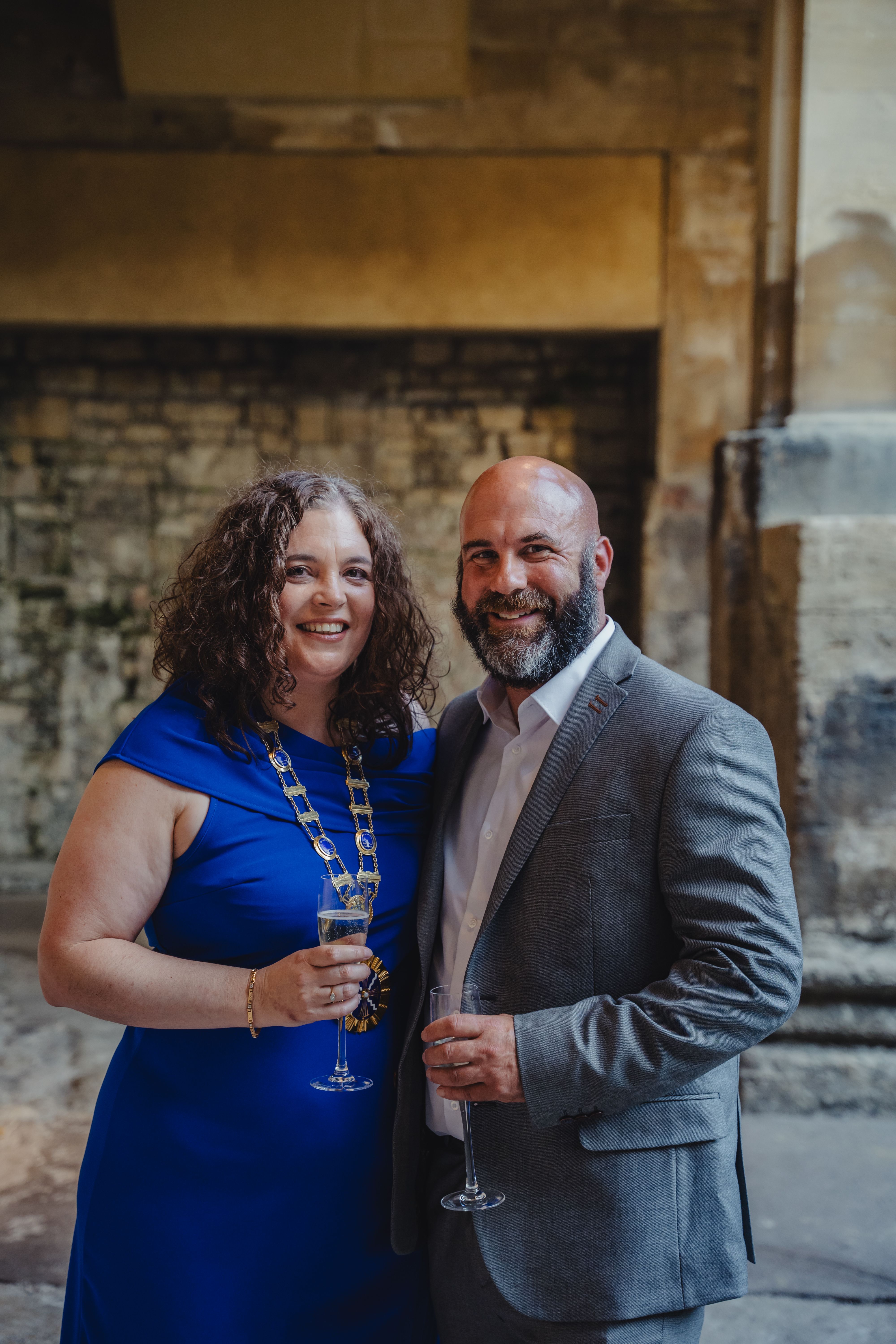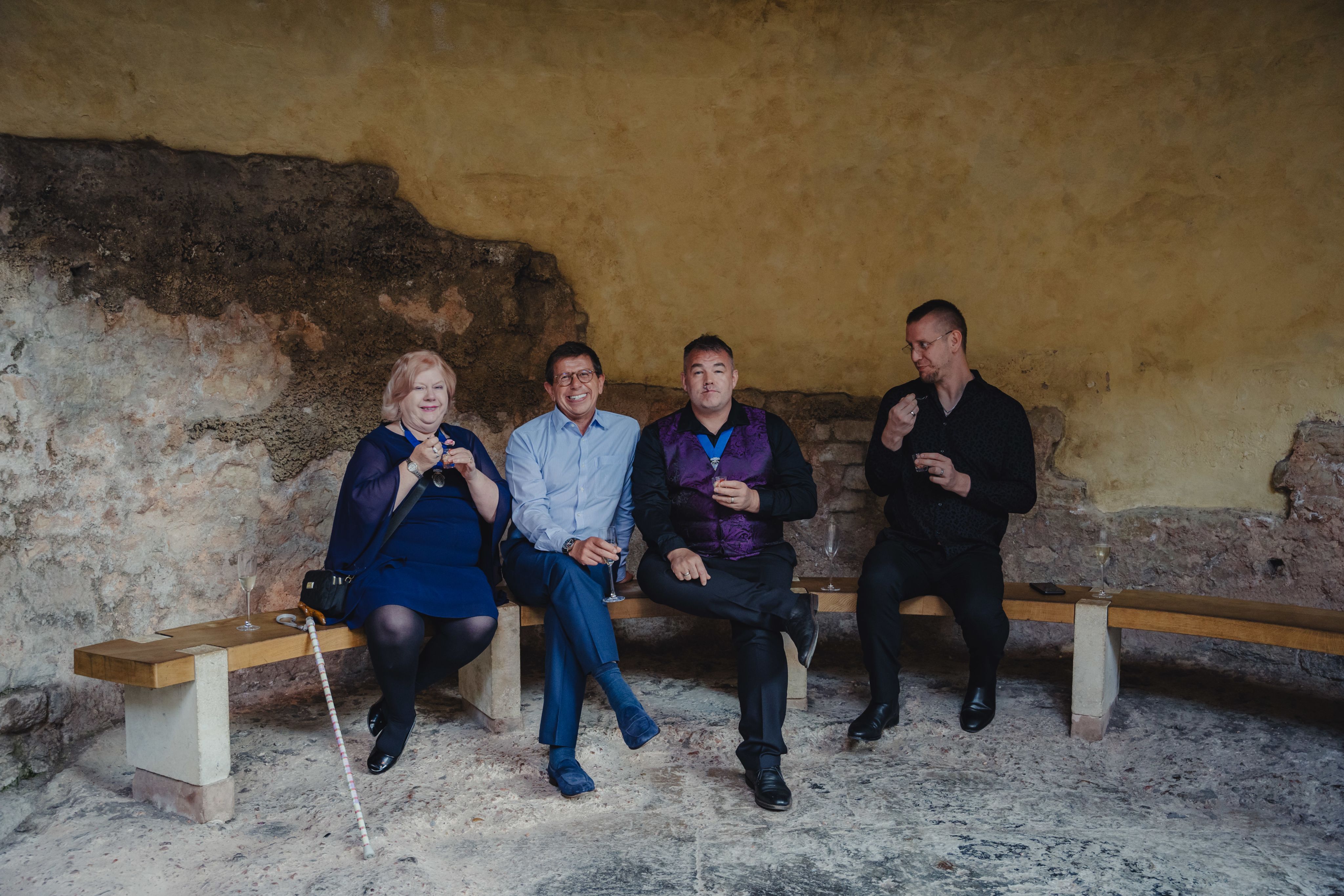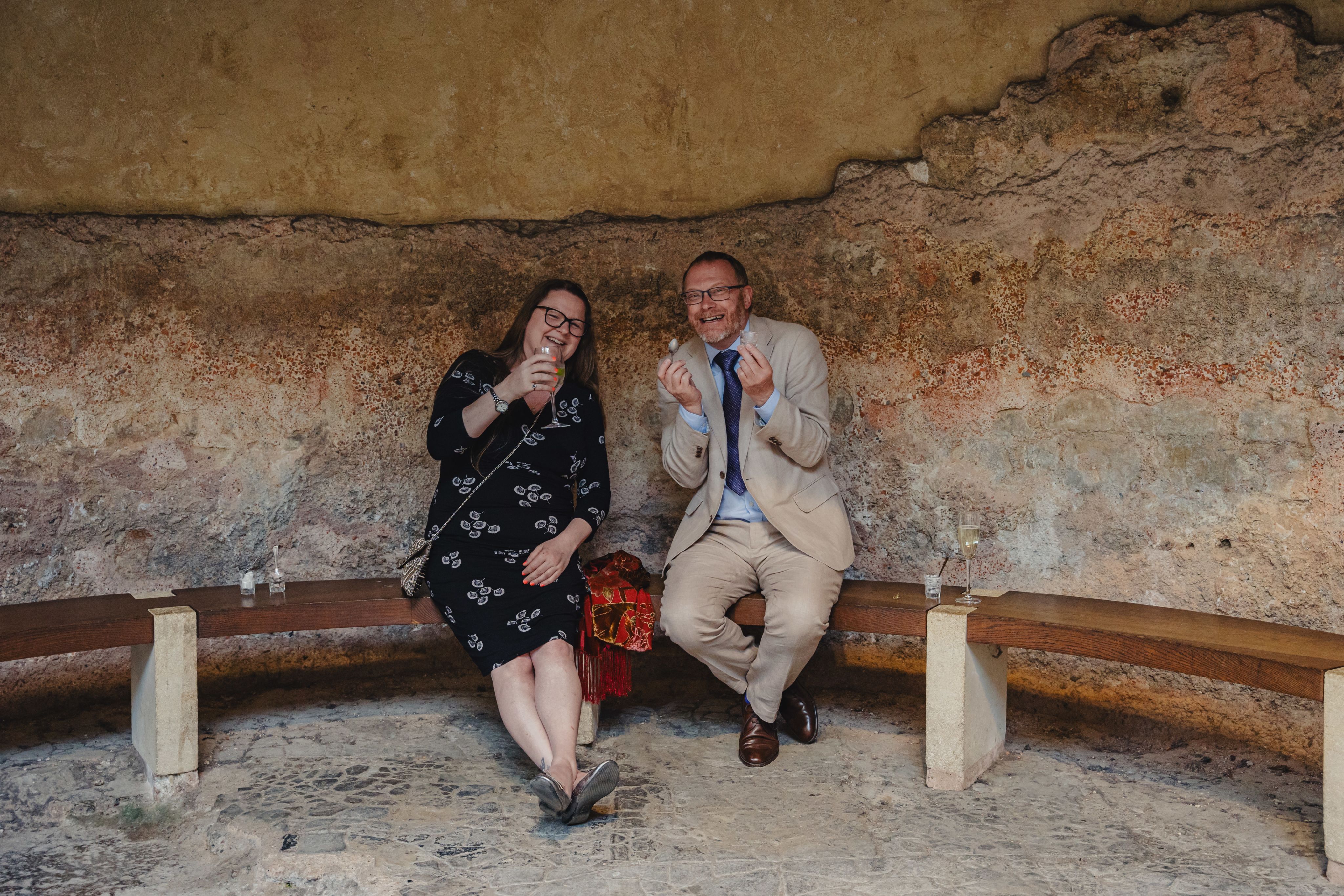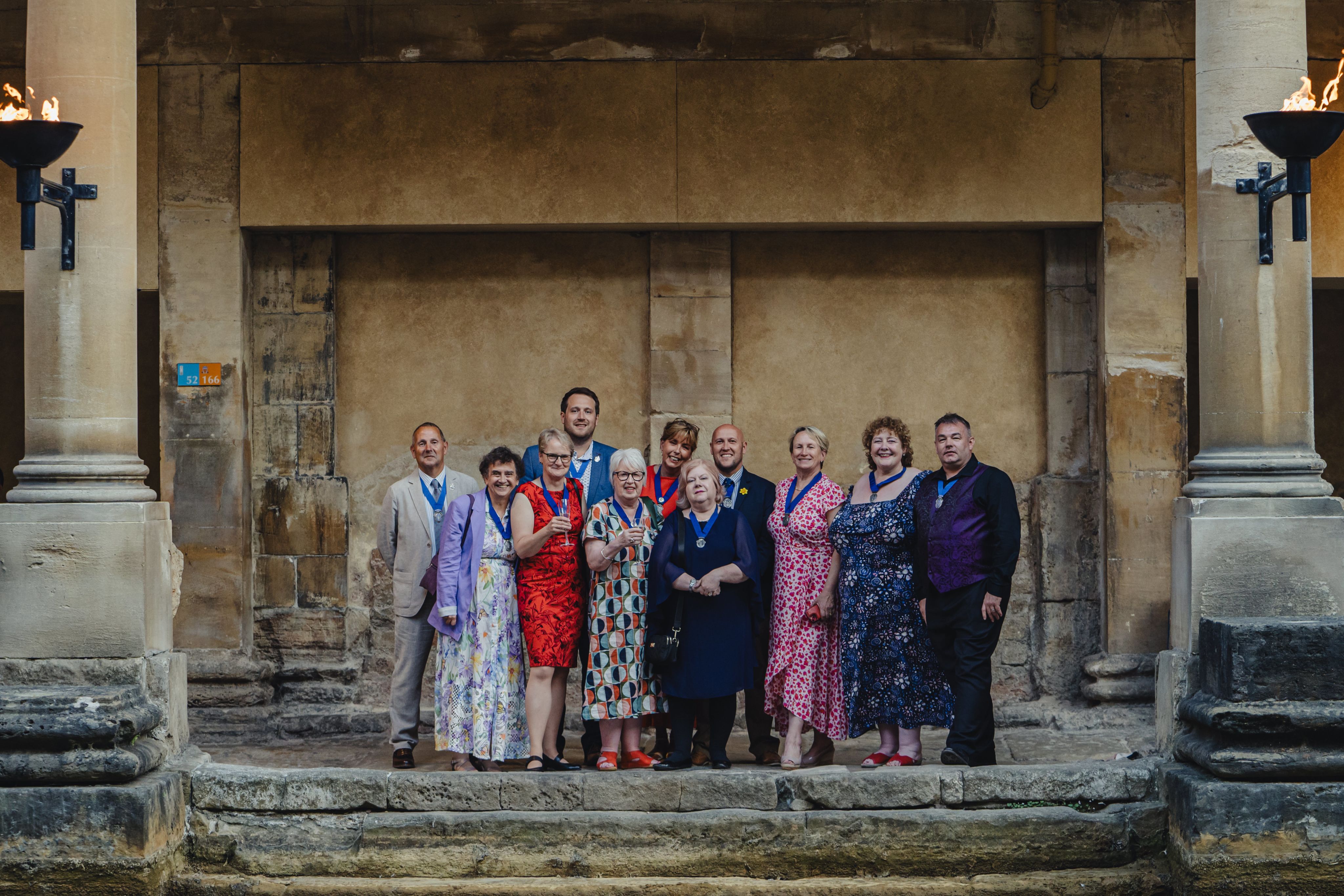‘It fires up your passion for change’ – meet new SoR president Katie Thompson
Synergy introduces incoming president Katie, and her plans for making the role of radiographers more visible than ever
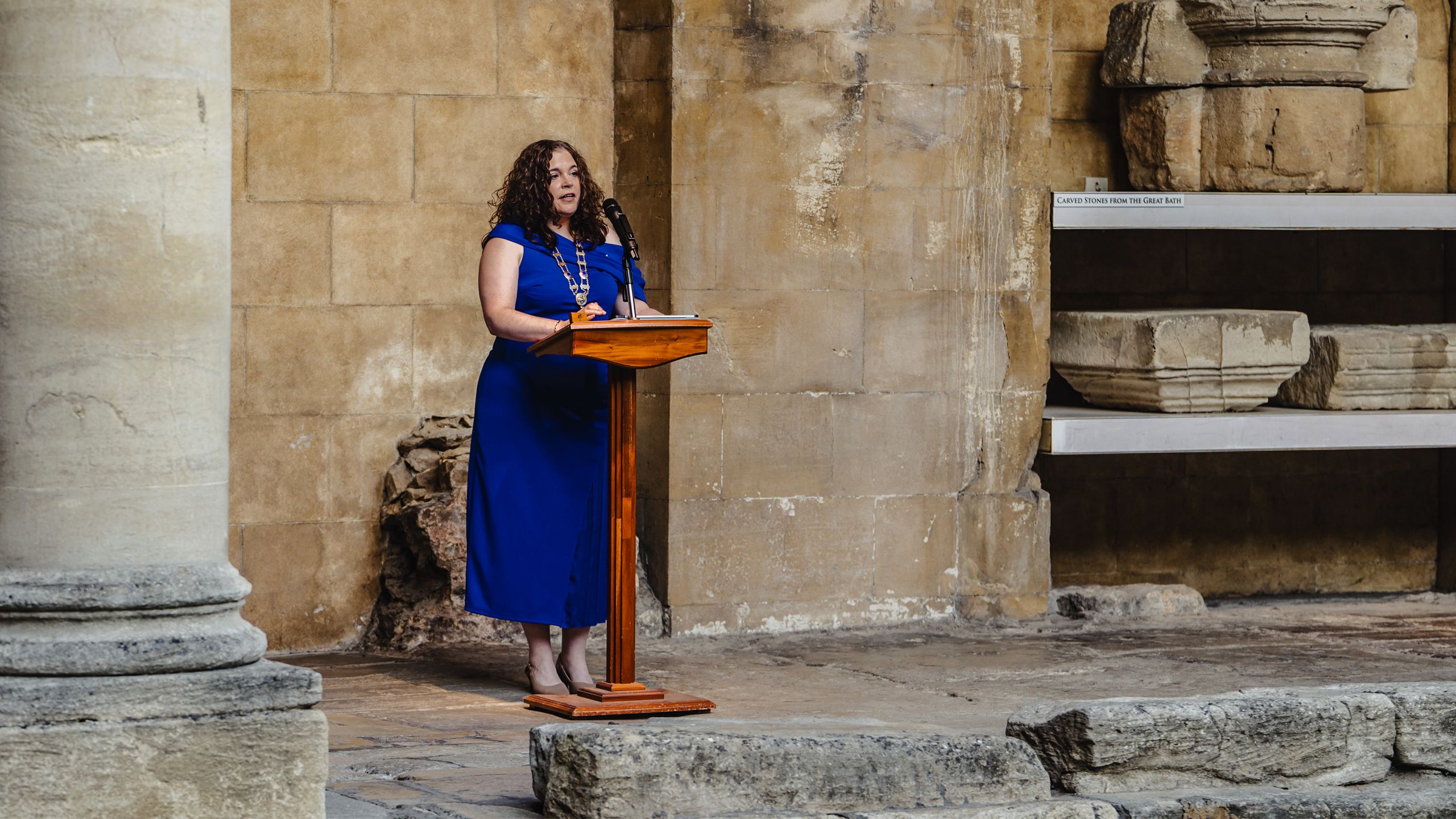
Stepping up to the plate in a time of turbulence for a profession is never an easy job, but it’s one Katie Thompson has taken on with gusto. Not only has she been a sonographer, a rep, a trainer and a member of UK Council – Katie is now the president of the Society of Radiographers. Whether speaking up for her fellow sonographers, training doctors in performing quality ultrasound scans or joining UK Council in the depths of Covid, Katie has never backed down from a tough job.
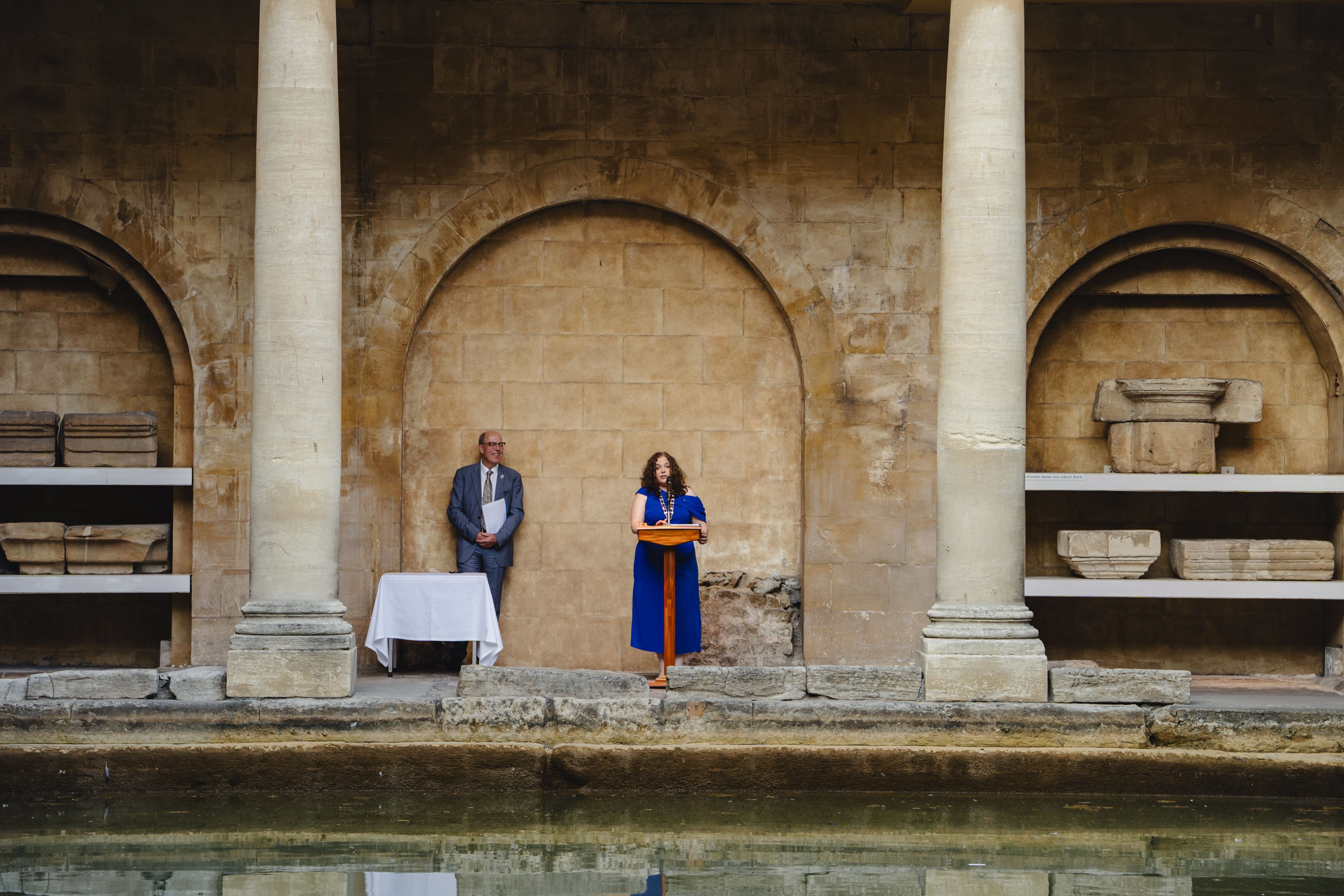
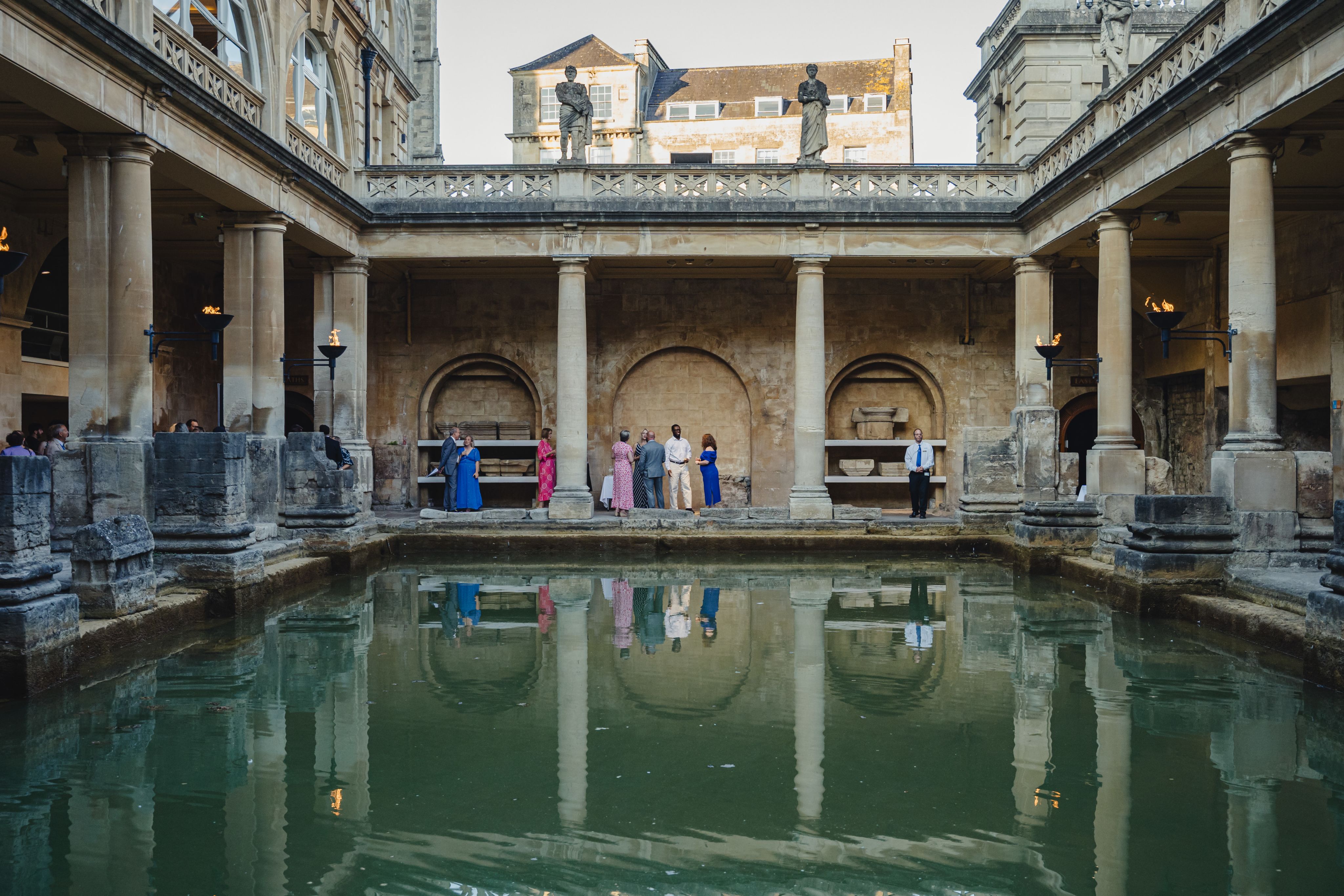
She is a senior sonographer at the Great Western Hospital NHS Foundation Trust in Swindon, where she has worked since 1993 – a 32-year-long career that has seen her supporting her fellow radiographers throughout. From the moment she became a radiographer Katie has been involved with the SoR, and her passion for supporting the profession and those who need help within it became deeply clear when Synergy joined her in the West Country for her inauguration.
Over the course of the day, the team saw Katie visiting the University of West England’s health and social care site at the Glenside Campus, where she spoke to lecturers and practice educators about the importance of sonography, the support students need and how the SoR can help teaching institutions bring more students into the profession, ahead of the official inauguration which took place in nearby Bath the following day.
In this year’s special Synergy presidential inauguration edition, marking the start of Katie’s term as the 88th president of the Society and College of Radiographers, we bring you comprehensive coverage of the ceremony and awards in Bath, and introduce you to radiography’s spokesperson for 2025-26.
Katie was formally inducted as president on Wednesday 2 July, in a ceremony held in the ancient Roman Baths in the heart of Bath.
As part of the ceremony, the SoR's prestigious Fellowship was awarded to former president and Therapeutic Radiographer Dave Pilborough.
The silver medal award, which recognises individuals for their outstanding dedication to the profession, was awarded to Maria Wright, a retired senior programme manager in Northern Ireland.
In the historic surroundings, attendees mingled and networked, before speeches were given – including from former president Tom Welton and Katie’s guest of honour, Professor Suzanne Rastrick, chief allied health professions officer for England.
In her speech Suzanne, NHS England chief Allied Health Professions officer set out four areas that radiography could look to address in the coming year:
- Increase the presence of radiographers in multiprofessional leadership roles, such as Chief AHPs.
- Leverage radiographers’ established leadership in the area of quality and safety.
- Harness the power of innovation, particularly AI.
- Drive research into new models of care, service delivery and access.
Ahead of the official inauguration ceremony, Synergy asked Katie to tell us more about her relationship with the profession and her plans for presidency.
What got you interested in radiography in the first place?
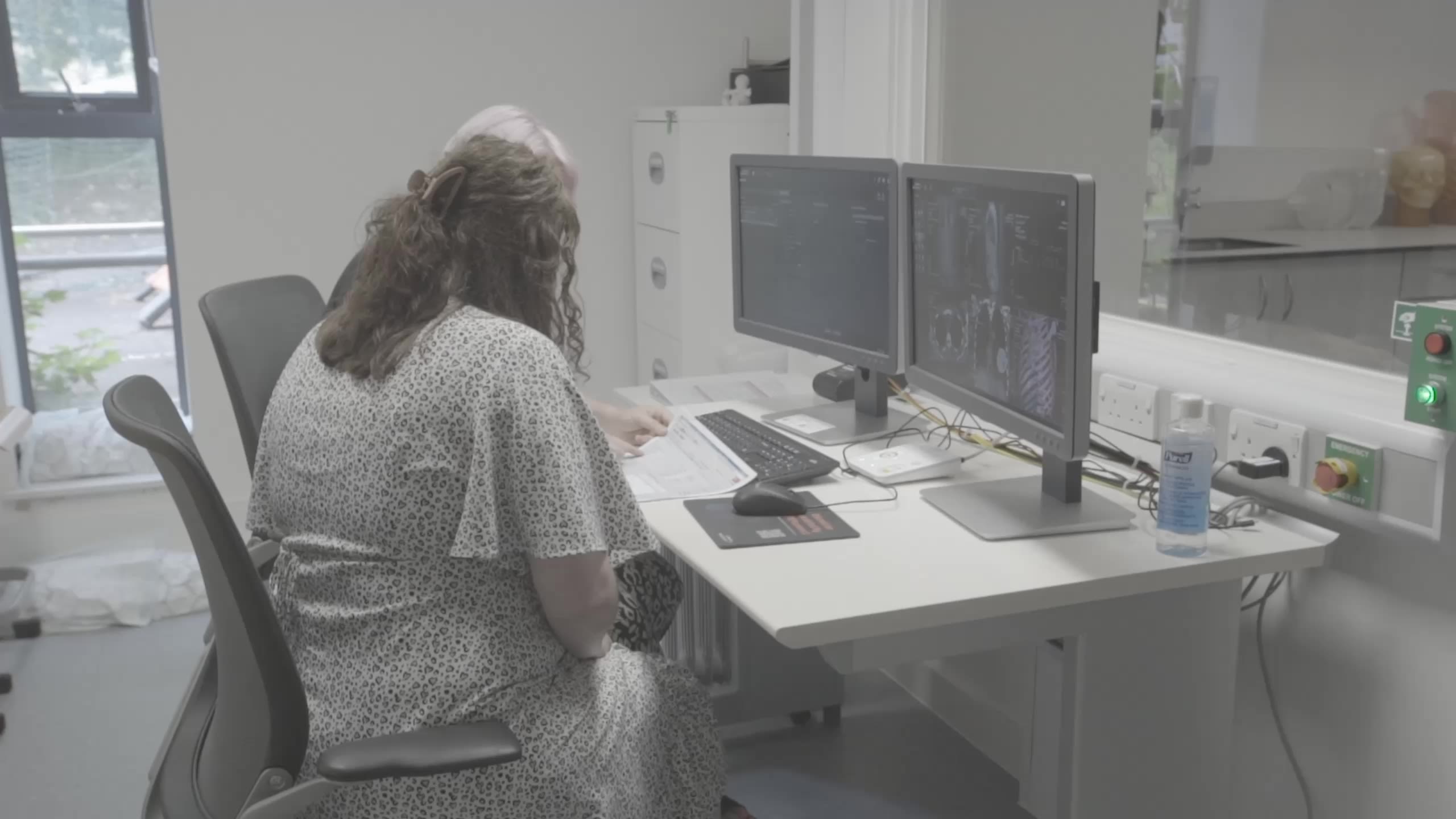
I went on a college trip with my physics A-level group to the Science Museum in London and the SoR was there. They were doing a competition of some sort, and we got handed a lot of leaflets about radiography. When I got home, I was sifting through everything I’d accumulated on the day and I started reading about the profession.
Originally, I wanted to do something science related, and I was really interested in being a biomedical scientist. But the leaflets made radiography sound like a career I wanted to find out more about. I spoke to my parents, and my dad happened to know someone working at the local hospital, so I went for a work experience day to see what the X-ray department was like. After my visit, I thought: ‘Yeah, this is what I want to do. I want to be a radiographer.’
I liked the way you were involved with patient care, but you weren’t with your patients all the time. You were actually diagnosing to help find out what was wrong with them. I liked having that influence on patient care. It was a combination of being with patients but using technical, scientific equipment. You have the best of both worlds. You’re part of a patient’s journey, but using the equipment itself just drew me in. It called to me. I just knew it was the right career for me.
What was your next step?

At the time, qualification was through a course run by the college, the Diploma of the College of Radiographers. This was before the degrees came out and were run by the schools of radiography. I trained at the Lincoln School of Radiography, which was linked with Lincoln County Hospital and had feeder hospitals in Grantham, which is where I lived.
It’s three years, the same as a degree, and I finished that in 1993. My first post qualification job was at the Princess Margaret Hospital (PMH) and then Great Western Hospital after PMH was pulled down in 2021.
I’ve always been at Swindon in the hospital, but I’ve also worked at Cheltenham and Gloucester as well as doing some private work. On top of that, I’ve been a rep for about 15 years. I was asked to do that by my department as the previous rep had stepped down. I hadn’t really thought about it, but why not?
I did my training in a facility in Birmingham, and I started to become more involved with the society – such as going to the regional reps meetings in the South West, where I met the professional officer at the time. That’s when I learned about the Annual Delegates Conference (ADC). I was asked to present a motion at my first ADC, which I found terrifying, but I was absolutely elated after I did it. It just fires up your passion for change. When you leave these kinds of events, you’re already thinking about what you could ask to do the following year, because one ADC to another just relights your passion again and again.
I moved to ultrasound, and I had a bit more time to focus on the SoR. By going to ADC I was able to put myself forward to be on the Delegates Conference Committee (DCC) to get a bit more involved in the organisation side of the conference, and I became chair of my local committee in the South West – which is where I still am.
After being part of the DCC and meeting more people at the SoR, by chance, a position on UK Council came up over Covid. My regional officer again asked if had thought about going for it. It wasn’t something I had considered, but I looked into it and thought it sounded quite interesting, so I put myself forward. I won the election during Covid in September 2020 – my first meeting was online! My training was also online for pretty much the next 18 months. I ended up being on the Delegates’ Conference Committee (DCC) for three years before it came time to actually have a physical conference.
What are you most proud of during that time?

In 2018 I won Trainer of the Year for the South West region. I run training sessions with our obs/gynae doctors at the hospital to learn how to do early pregnancy scanning, and they nominated me for the award. Usually, other doctors get nominated. I was humbled to have been nominated in the first place, and I was honored to win it. I've been nominated again this year, but you can only win it once! I enjoy the training. I like to pass on what I know, what I can do to help other people. I really enjoy that part of the job.
The next generation will be better equipped radiographers than us because the equipment is changing so rapidly. I’ve been in this job for 30 years. What will the equipment be like in another 30? The radiographers of tomorrow will have completely adapted, again, and will be ready to embrace and renew their knowledge.
It’s important that we embrace our students and understand that we are in an evolving world. The way we were taught, and what we were taught, is not always relevant now. Good practice and good care is, but technology moves on. You have to be mindful of that when you’re passing on your knowledge. You should never compare your course with theirs, or your training with theirs, because it's a different time. Radiography moves on.
Having been involved with the SoR throughout your career, what lessons are you bringing to the presidency?

The SoR is our professional body and our union. The majority of our members like being part of the society because of the union side, but most won’t ever need the union. They will need the professional body side throughout their career, because that’s where we get our guidance from, our policies, procedures and best practice, and our opportunities to go on courses and get research grants.
It’s the professional body that works on raising our profile with the wider public, with our stakeholders. If you ask people what they want the SoR to do, most of the time, it will be value for money. But I want people to talk about radiographers. The SoR has been actively working on going into schools and colleges to raise the prospect of a career in radiography, being more involved with stories from departments across the country, and that’s made a big difference. But I think we as radiographers need to advocate for ourselves. If we’re talking about ourselves, other people will talk about us.
This year, I’d like to raise awareness again of our ‘Hello, my name is…’ campaign. Hello, my name is Katie, I’m a sonographer and I’ll be your healthcare professional. Or, hello, I’m a radiology nurse. You can highlight what you are to whoever you are helping. It is getting there. But we are the ones dealing with patients every day. If we want our patients to remember us, we need to give them a reason to remember us. They often do – but they might not remember we were radiographers. It’s really important we are using the terminology.
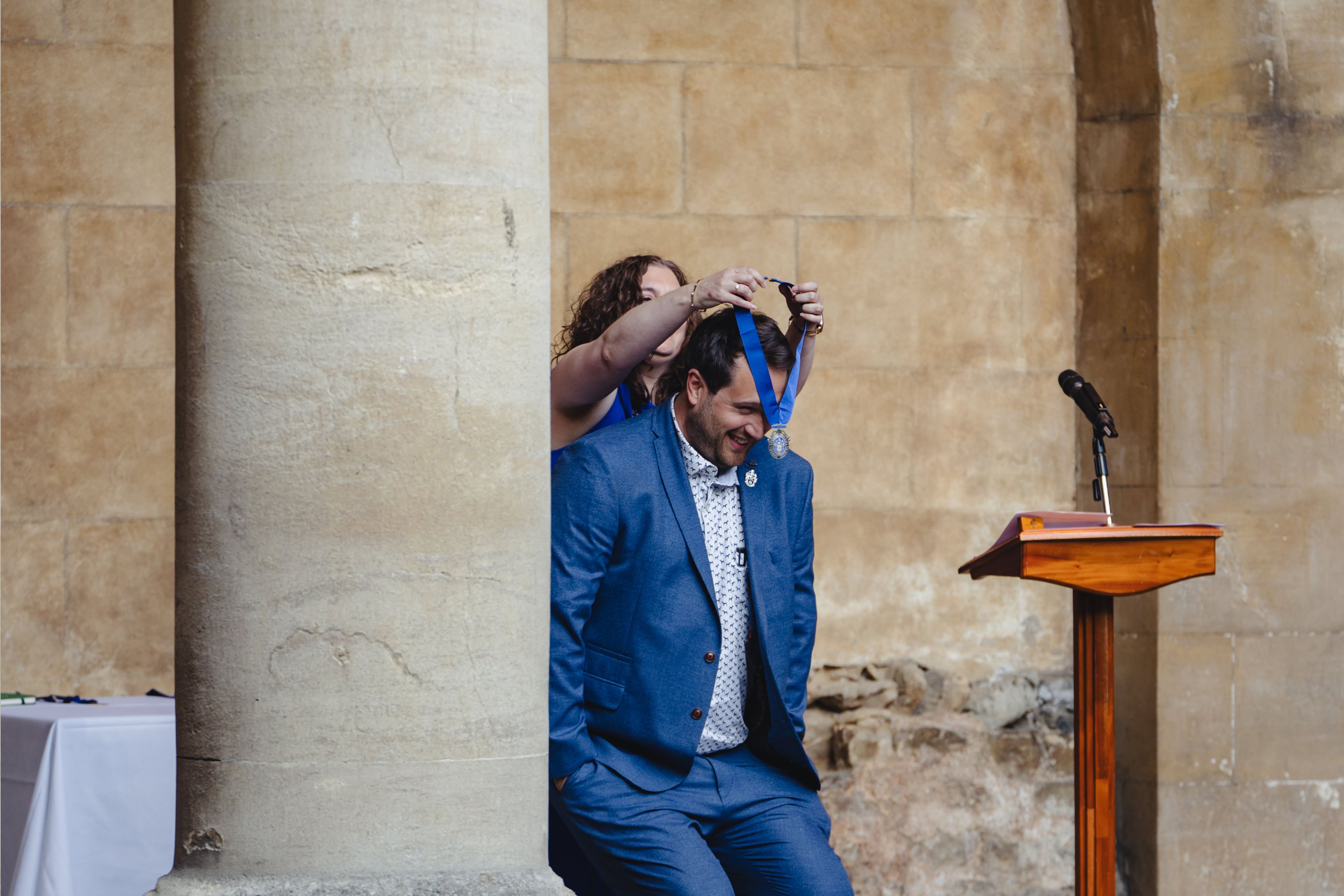
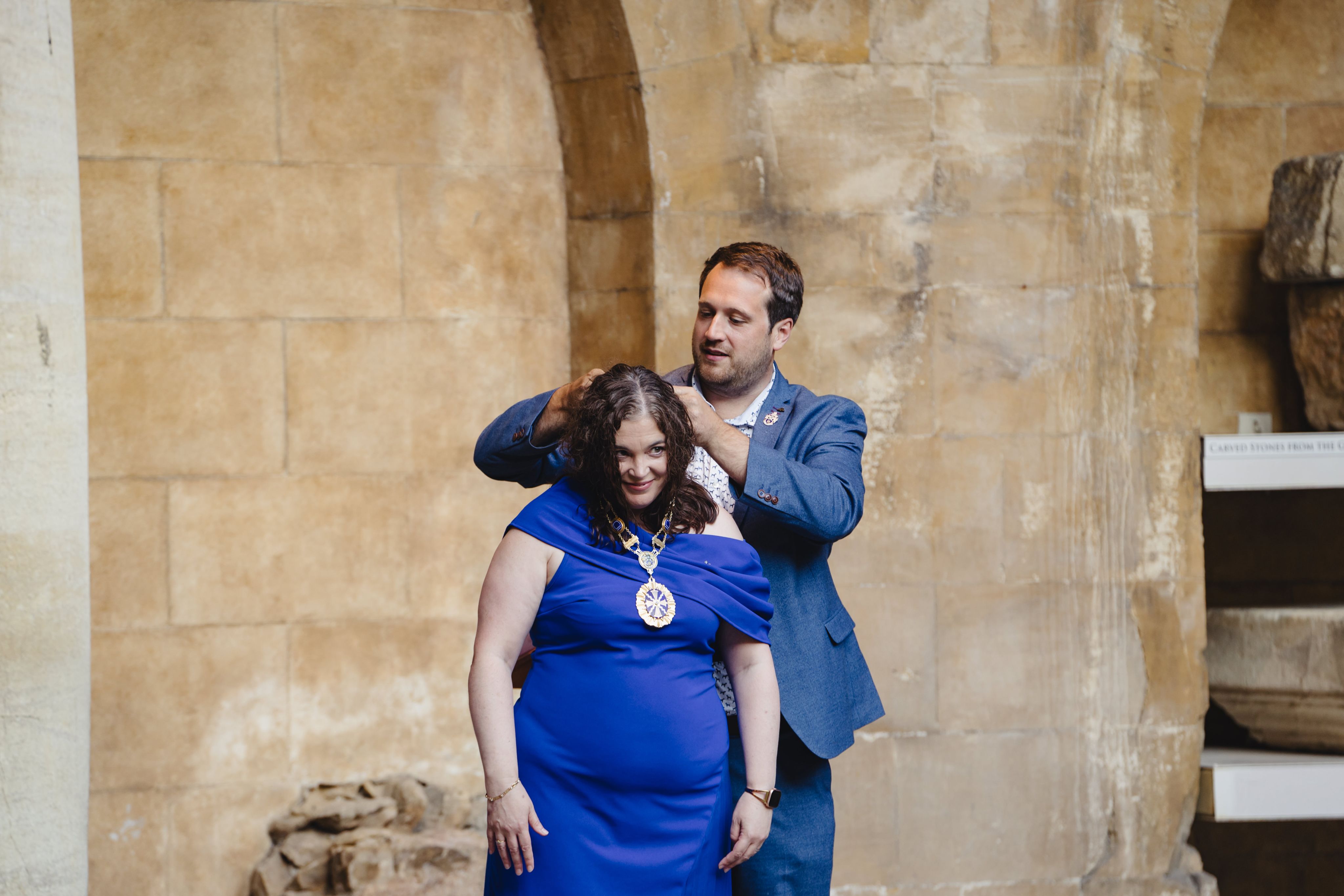
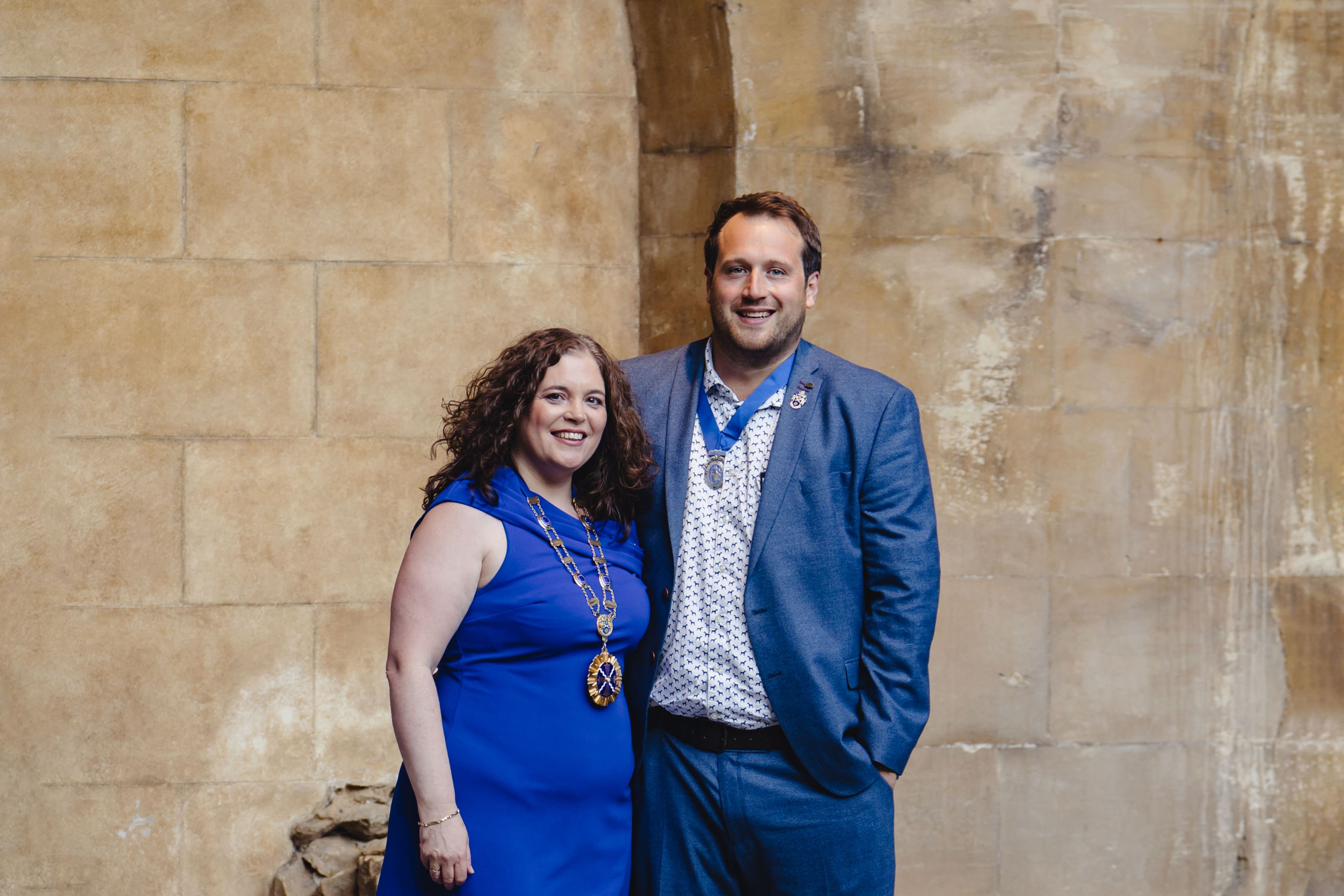
What issues facing the NHS do you want to address as president?

Our workforce needs to grow. Technology has moved on so much, and diagnosis and treatment is becoming a more talked-about topic. The government can spend as much money as it wants to on scanners but, at the end of the day, you need people to run them.
Radiographers have been using and adapting to technology since the inception of the X-ray. I come from the era of wet developing, and now we’re in the digital era, soon to be moving into the AI era. Technology is always changing, and radiographers are very good at adapting to that.
Changing how scanners work isn’t an issue, but the number of radiographers we’re training – that’s the area that needs to be focused on.
How did it feel to be elected president?

When I found out I’d been elected to become vice president, I was shocked. But also really honoured that people had taken the time to vote for me, because I was part of the first member vote for the president pathway. Previously, it came from the UK Council members, but I was part of the first year that it went out to the members.
Then, it dawns on you that you’re going on a three-year journey with the members, and your career pathway is going to have a split focus for that time. You also realise what you really want to aspire to during that journey. I want to focus on celebrating radiographers who do their job really well every day. They may never get nominated for a big award, because they don’t think what they’re doing is groundbreaking. But actually, it is – turning up, giving good patient care, being an excellent radiographer, a teacher, running a support group or a journal club – all of that is groundbreaking.
I want to raise the profile for whatever level you are at. You are a really valued member and person in the world of radiography. Every level counts, and it’s been really nice this year that there’s been a lot of focus on our support workforce as well, because they are what glues us together. A lot of our support workers are now going into radiography careers!

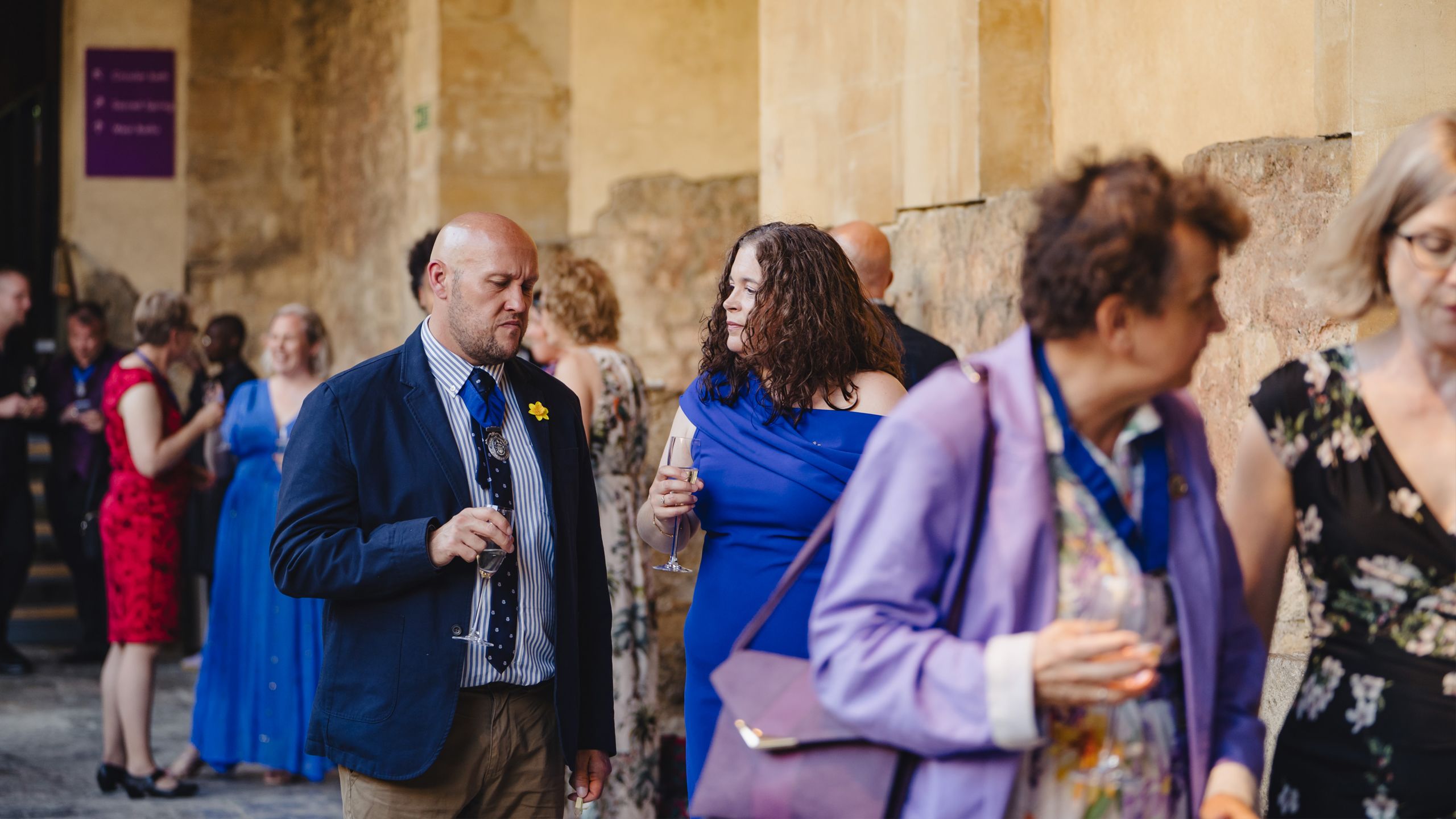
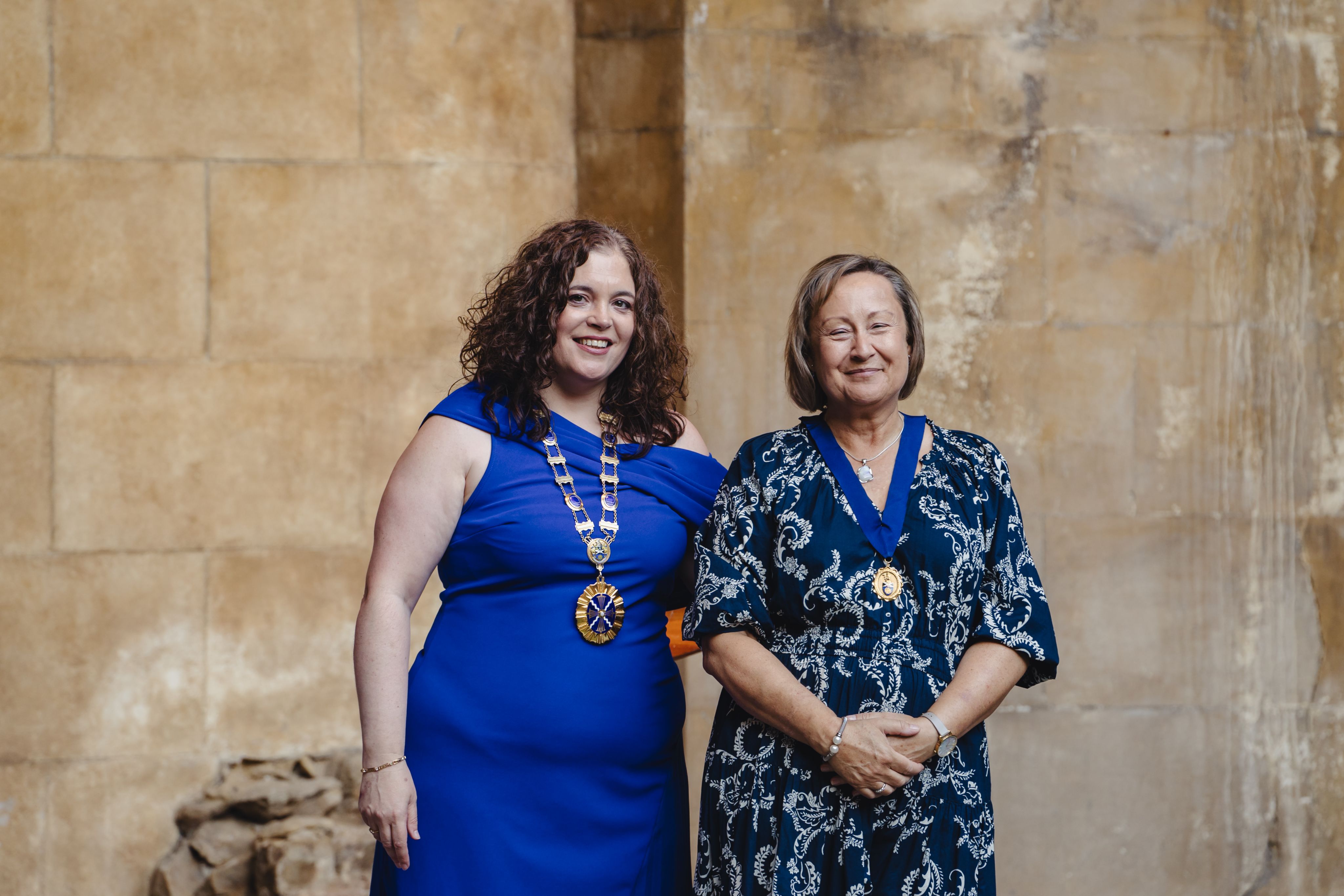
What are your interests outside of work?

For the last few years I’ve had less time to do things outside the SoR, but I have two dogs. Their names are Hugo and Archie, a springer spaniel and a lab-cross-cocker, respectively. They’re both completely mental for completely different reasons!
For about 12 years I took pole fitness classes, which I really enjoyed – great for meeting people. I did some shows and then I moved on to belly dancing. Now I do Ceroc, which has a bit of jive, a bit of salsa, a bit of samba – a mixture of different kinds of dances.
I’ve also got children, a son and daughter who are both adults. My daughter is going to university in September to study physiotherapy – she’s very much into sports.
Do you have a final message for radiographers?

Over the coming year, I hope you see the current SoR strategy become more widespread, so you hear more about what we’re doing and why on the workforce, career progression and sustainability. We need to show that. We want to retain our radiographers, and we want to be an attractive career for people to come into. I want more visibility of the SoR to the members, to show that we listen when they have questions and that we are taking action for them.
I also want to highlight sonography regulation. Sonographer is not a protected title, so most of us are regulated by what we trained as. I haven’t practised radiography for 19 years, but I’m registered as a Diagnostic Radiographer, not a sonographer. If we want to grow that workforce, registration will make the course more attractive. It also gives people more career opportunities once they become a sonographer, because you need to be registered to do any advanced practice.
I just want us to start telling people who we are, what we do and why you should become a radiographer.
Image gallery
Katie’s inauguration speech
Hello, my name is Katie and I am a radiographer.
Thank you all for coming to this beautiful city.
I would also like to say thank you to those who could not be here but sent messages of congratulations. I have been overwhelmed by all of the good wishes.
When starting to write this speech I was not sure where to begin or what I should include. I have been a radiographer for well over half my life – what else had I done?
I realised that I had always been part of something, although those closest to me know I am also happiest in my own company with a book, Columbo or a cheesy Christmas movie!
So my first something began with the Brownies, moving on to guides and then to the local marching band – if you have never met a glockenspiel player then you have now!
Moving into my 20s, JuJitSu was my thing, which is a great way to unwind from work by throwing people around! I then progressed to pole fitness and then belly dancing, which is loads of fun and great for mental health and confidence –I have never laughed so much while shimmying.
At school I enjoyed English literature but science was always where I planned my onwards studies and I had set my heart on being a biomedical scientist.
On a trip to the Science Museum in London with my college physics group we came across a competition being run by the Society of Radiographers, and I seemed to end up with all the information leaflets given out to our group in my bag. When I got home I read through them and it sounded interesting so I decided to find out more. My dad knew someone who worked at our local hospital and I went to spend time in the X-ray department – I loved it and applied that year.
The SoR has been a big part of my working life since I started radiography initially as the reason I found out about radiography as a career and also being the last year to complete the DCR (Diploma of the College of Radiographers).
It was again for me another something, a community, that involved a sharing of learning and development. I felt a sense of belonging.
So, fast forward 32 years and I am still proud to be a part of the SoR – it has given me many opportunities to enhance my career.
The experience and opportunities I have had being part of UK council have been amazing and something I will always be thankful for.
We don’t always see our own potential, but the people we work with often do; this supports and nurtures us, fuelling the belief that we can accomplish whatever we apply ourselves to.
I have witnessed this in our members – we see their passion at the conference events.
This is how my journey to this day began: I attended an ADC and was asked to speak on a motion about raising the profile of radiographers – nothing controversial but I was terrified. I had never spoken to a room full of that many people before, but afterwards I was exhilarated.
Several ADCs later I put myself forward for DCC; this turned out to be a longer than expected tenure because of the arrival of Covid and so my journey on to council began. A vacancy arose during Covid and again, after a dear friend and fellow SoR colleague suggested I think about, I did and submitted my statement of interest along with a picture taken against my living room wall with crazy lockdown hair and no idea where this next decision would lead, certainly not into the presidency, but the support of those around you and the experience and knowledge that you gain on the way strengthens your belief that you can.
I still love what I do. I was able to fulfil my ambition to train in ultrasound at an early stage in my career – it is truly my passion. I am proud to represent our sonography workforce.
I believe our adaptability as radiographers makes our profession truly amazing.
I would like to say thank you to those who have had the greatest impact in my life: my parents, my children, Jack and Mya, and my long-suffering partner Gary, without whom I would not have been able to fulfil this opportunity to be part of the presidential team. My other friends and colleagues at GWH, my council family, my alternate Rupert and my dear friend Peter Higgs.
So what now?
Tom has given me very big shoes to fill and I feel privileged to have been part of the presidential team in his presidential year. I have thoroughly enjoyed my year being part of his tenure.
So what is my vision... It is fairly simple, or is it? I wish to give the members visibility, whatever their job role might be and in whatever area they may work in.
We have always been stronger when standing together – the respect radiography strike campaign highlighted this.
We wish as radiographers to be seen, we want to be heard, we need to feel like what we do matters.
The difference we make does matter. It matters hugely to our patients and to our profession.
But we need to be the biggest advocates for ourselves.
Share our knowledge, showcase our strengths and we will reap what we sow.
So this is one area of my focus for this year – I would like to be the catalyst for this to happen.
If we use our voices, our fellow healthcare colleagues, industry partners and, most importantly, our patients will join in.
Hello, my name is Katie. I am a radiographer and proud to be your president.
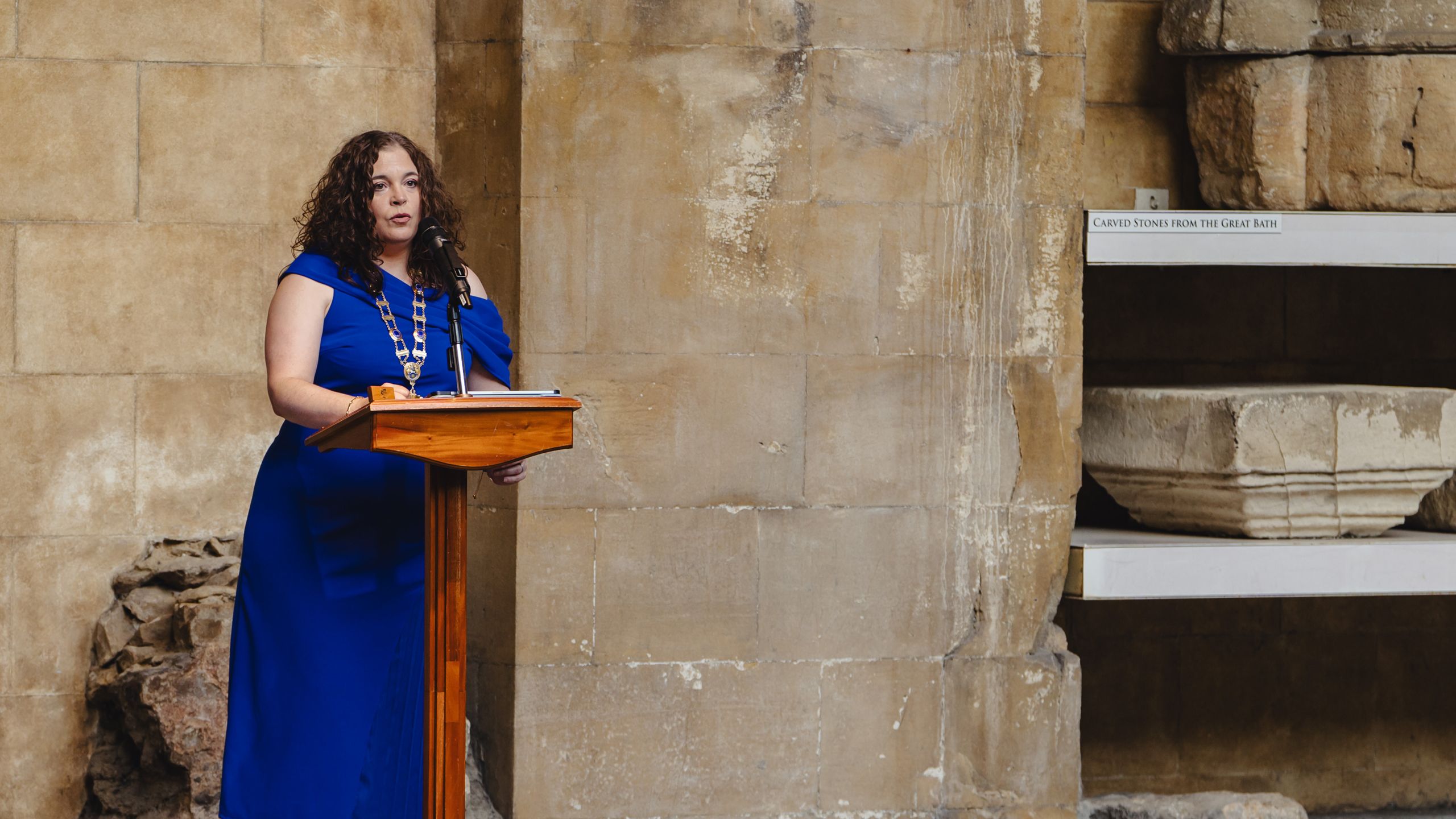
Read more

Synergy August 2025
THE SOCIETY OF RADIOGRAPHERS
The Society of Radiographers
207 Providence Square, Mill Street,
London, SE1 2EW
Tel: (020) 7740 7200
Email: info@sor.org
Chief executive Richard Evans
Executive director of finance and operations Ian Hadlow
Executive director of professional policy Charlotte Beardmore
Executive director of industrial strategy and member relations Dean Rogers
President Katie Thompson
President elect Rachel Nolan
Vice president Susann McCracken
SoR staff contacts and membership
Image Credits:
Eva Slusarek
Getty Images
PUBLISHER
Wonderly
Haymarket Media Group
Bridge House, 69 London Road,
Twickenham, TW1 3SP
Tel: (020) 8267 5000
EDITORIAL
Editor Alex Rapson-Ballinger
Production editor Jo Matthews
Senior reporter Marese O'Hagan
Reporter Will Phillips
Junior designer Holly Bulbrook
With thanks
Photography Eva Slusarek
PUBLISHING
Managing director Issie Peate
Group business director Sandie Pears
Associations director Anton Riolo
Account manager Kyle Gray
Chief executive Kevin Costello
Contact us synergynews@haymarket.com
COMMERCIAL
Advertising, sponsorship and events
Chris Gault
+44 (0)20 8267 5864
chris.gault@wonderly.agency
Joy Clarke
+44 (0) 7771 808167
joy.clarke@wonderly.agency
Synergy is a member of the Independent Press Standards Organisation. We abide by the Editor’s Code of Practice and are committed to upholding the highest standards of journalism. If you think we haven’t met those standards and want to make a complaint, please contact alexander.ballinger@wonderly.agency For more information, visit www.ipso.co.uk
For all matters pertaining to the Society, including subscriptions, contact The Society of Radiographers, 207 Providence Square, Mill Street, London, SE1 2EW Tel: 020 7740 7200 Email: info@sor.org Haymarket is certified by BSI to environmental standard ISO14001 and energy management standard ISO5001
Disclaimer © The Society of Radiographers 2024. Unless otherwise indicated, views expressed are those of the editorial staff, contributors and correspondents. They are not necessarily the views of the Society of Radiographers, its officers or Council. The publication of an advertisement does not imply that a product is recommended by the Society. Material may only be reproduced by prior arrangement and with acknowledgement to Synergy.
